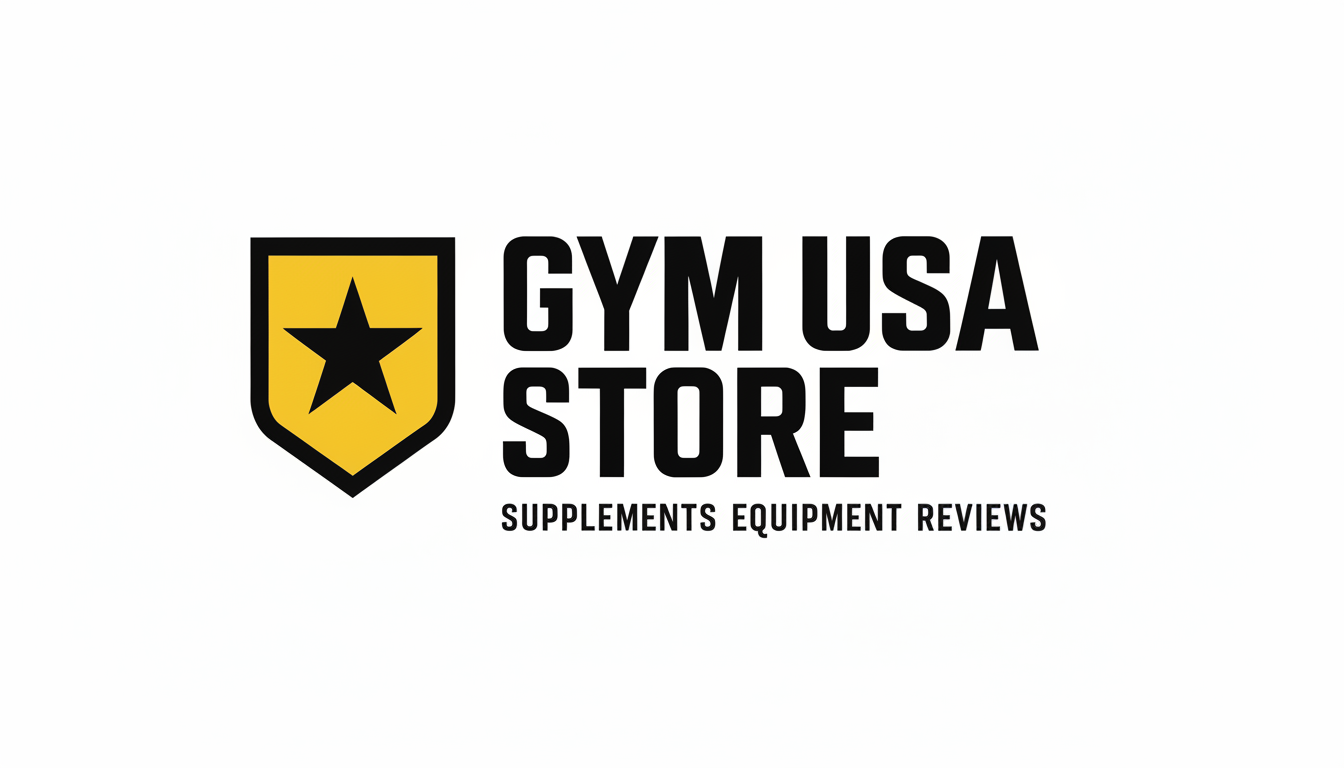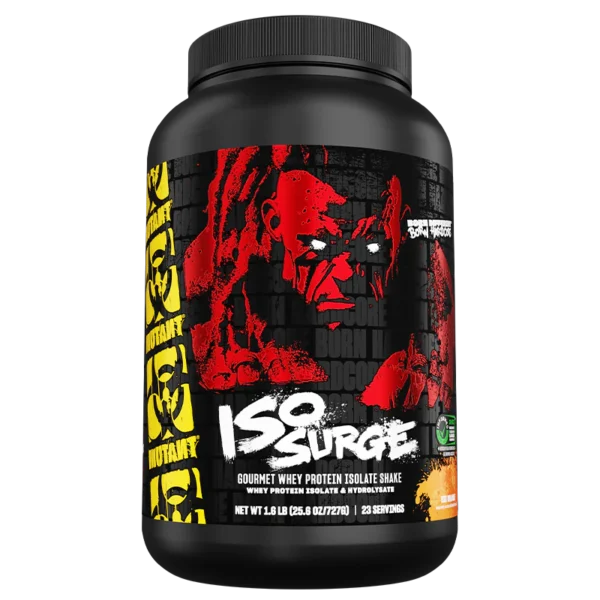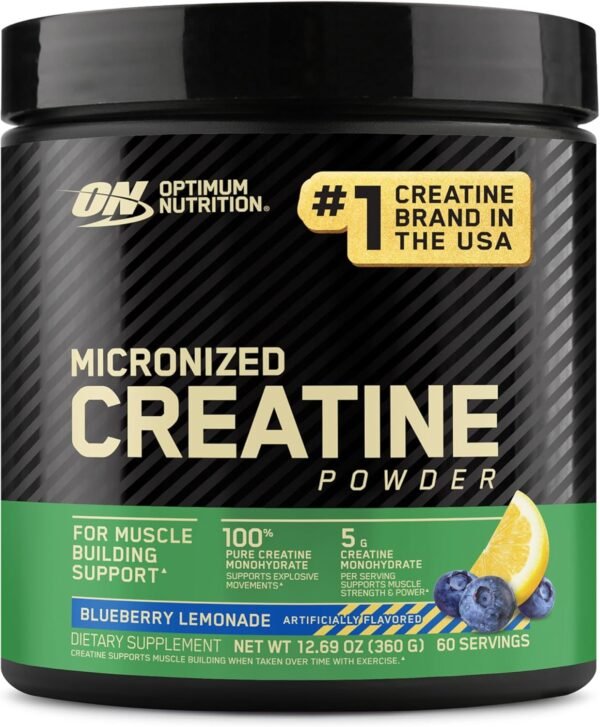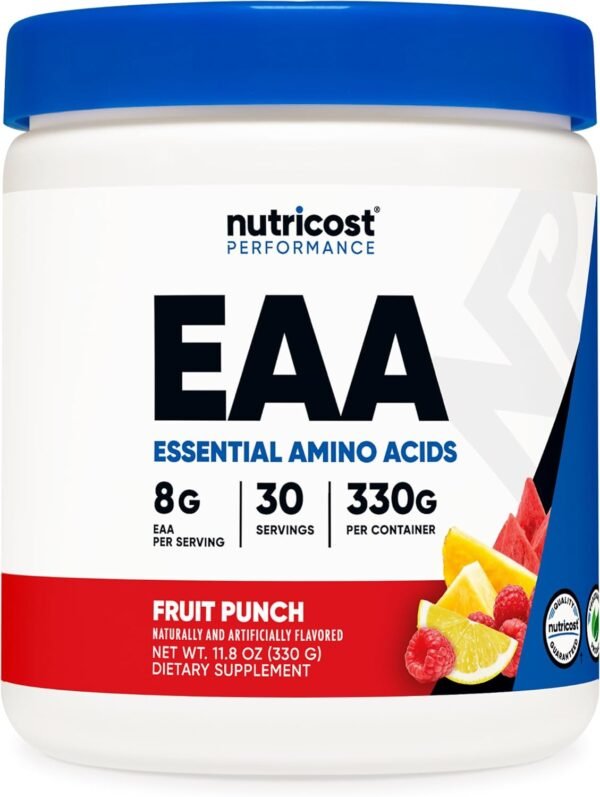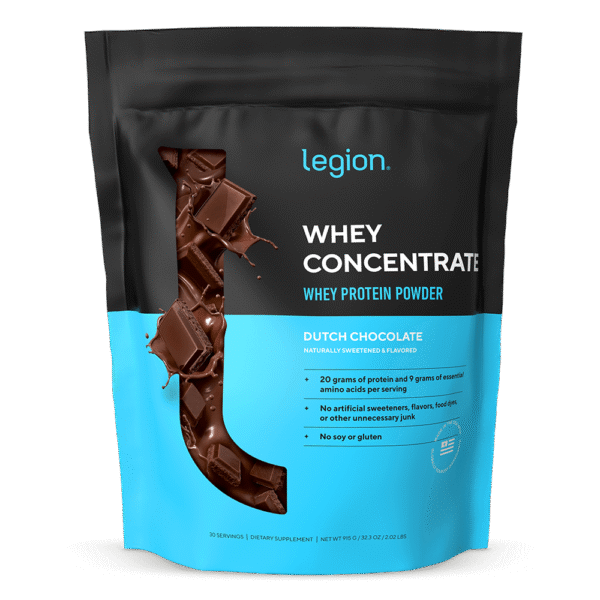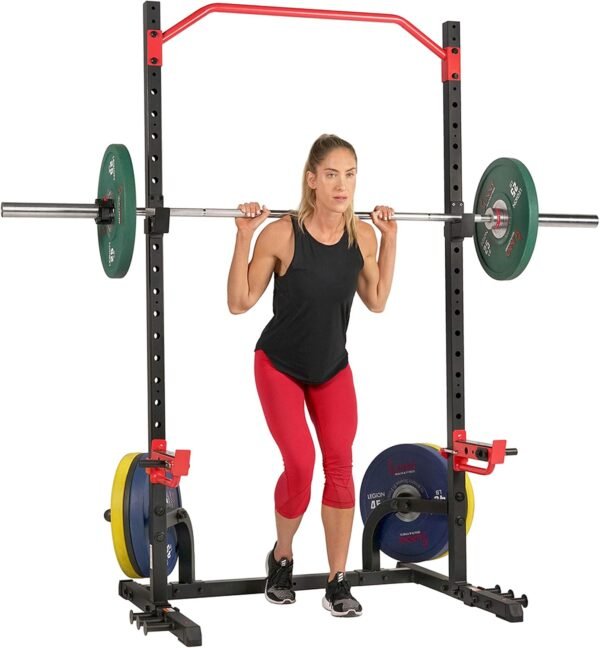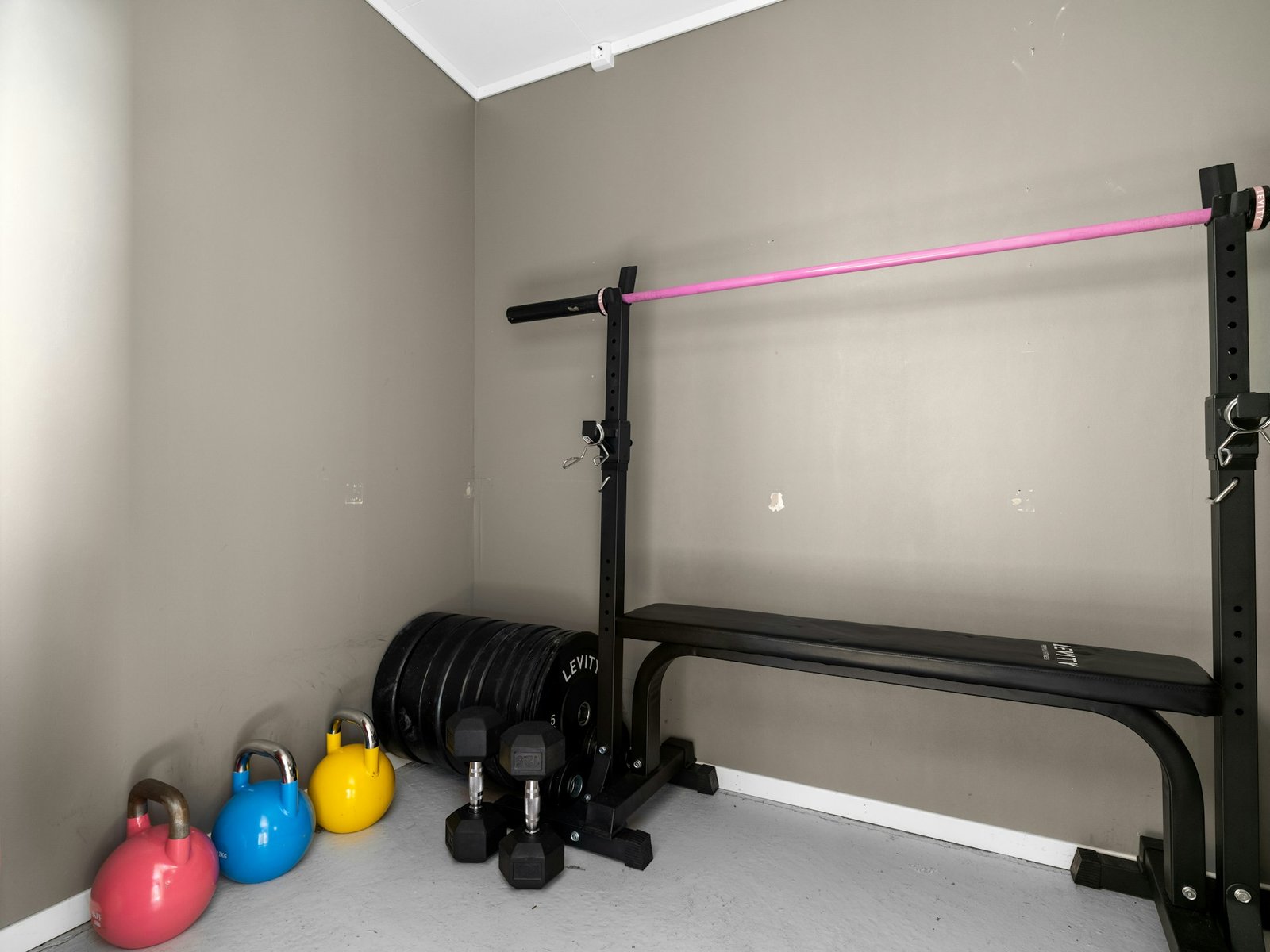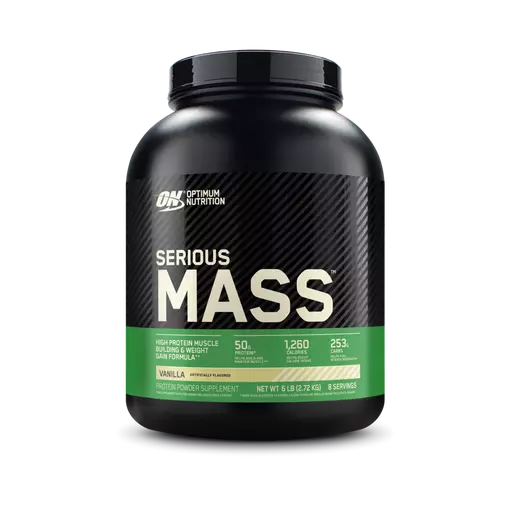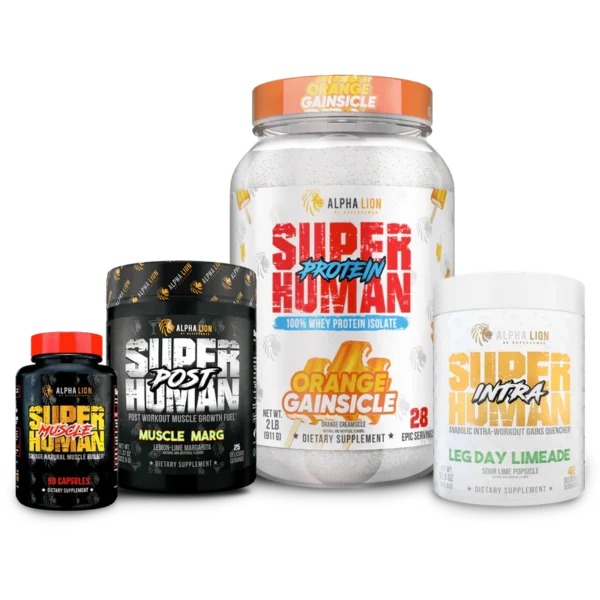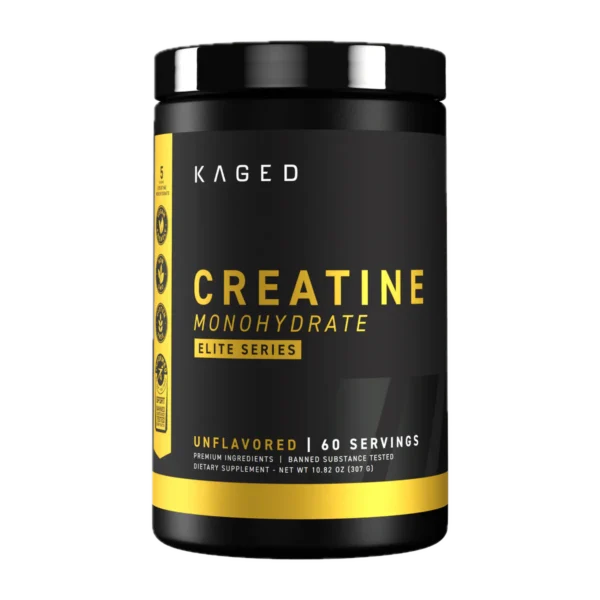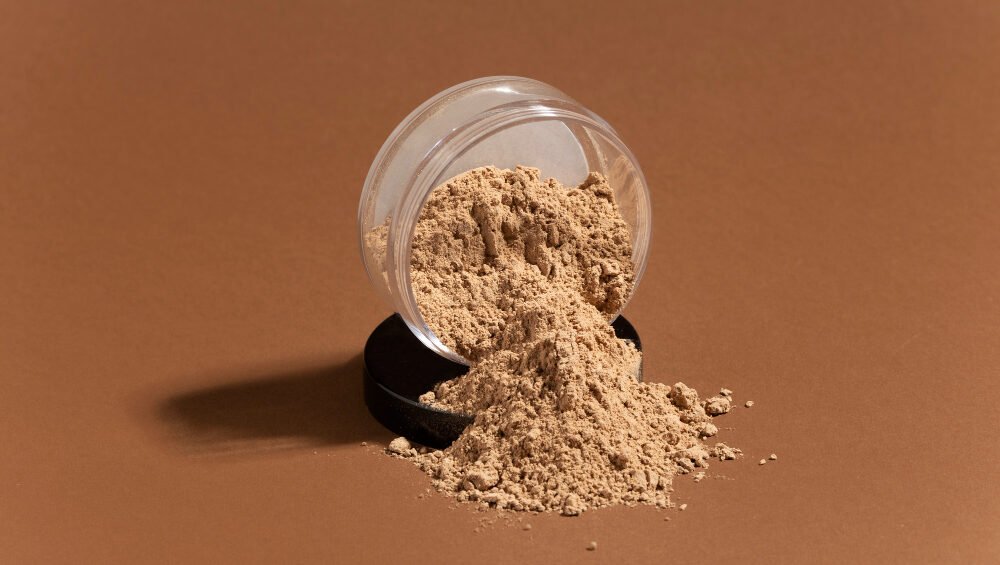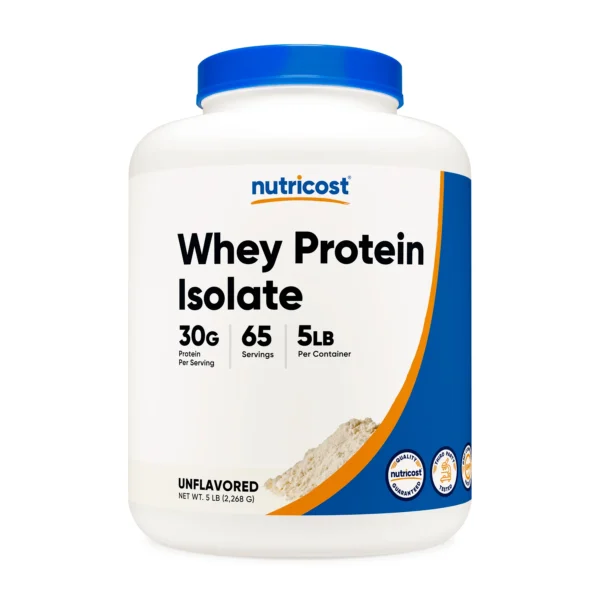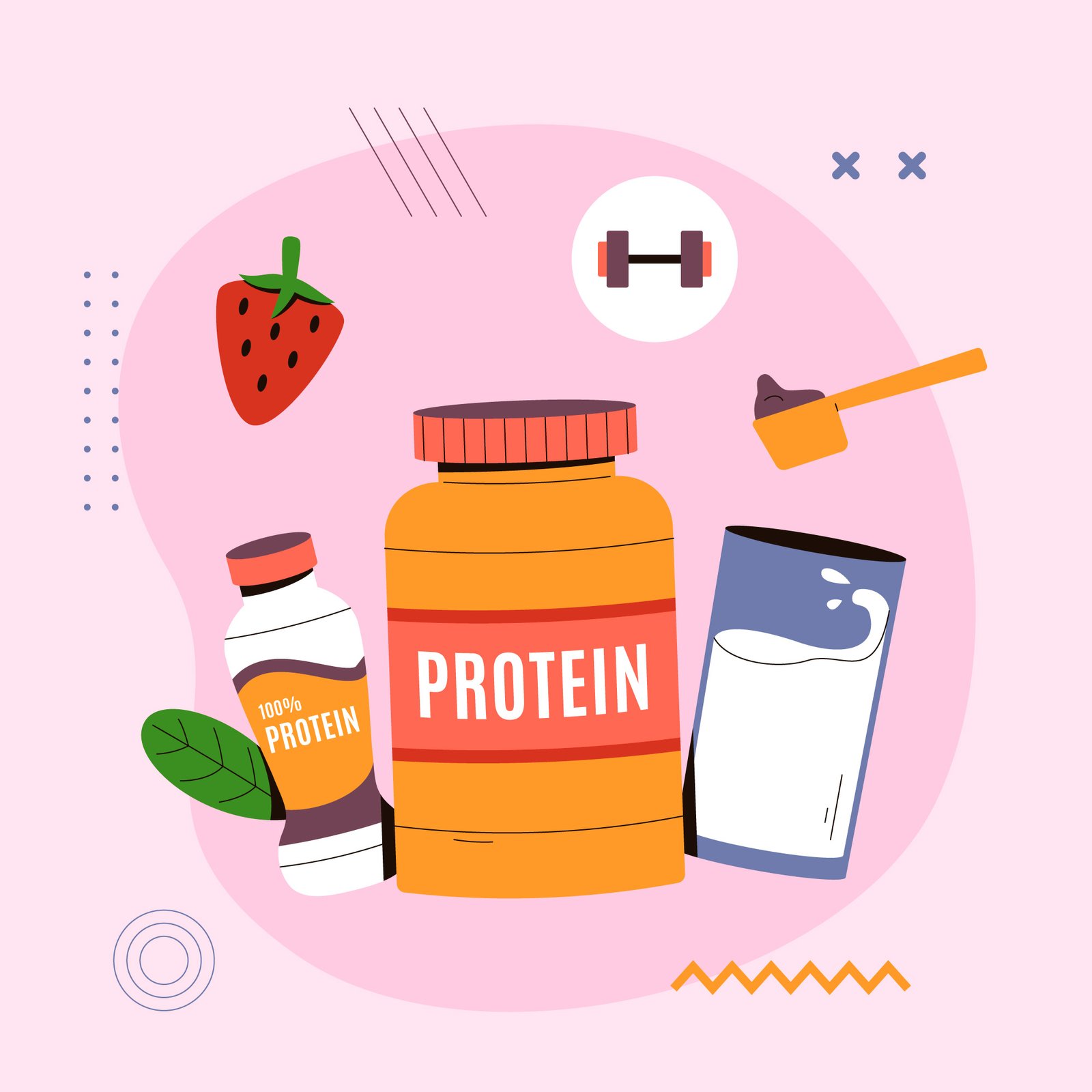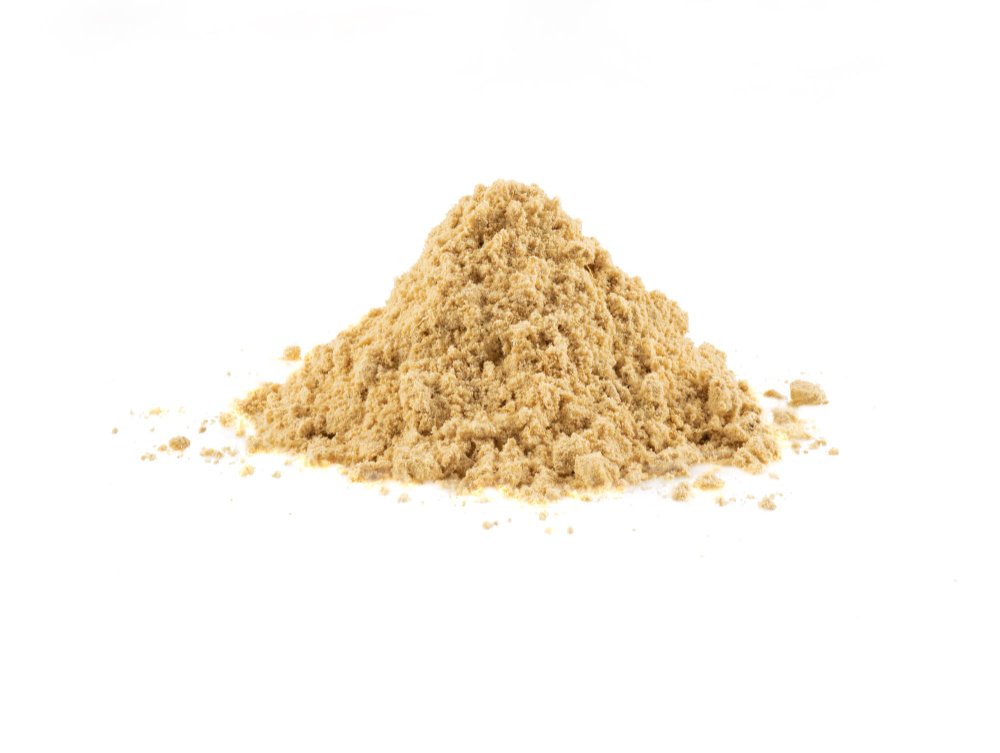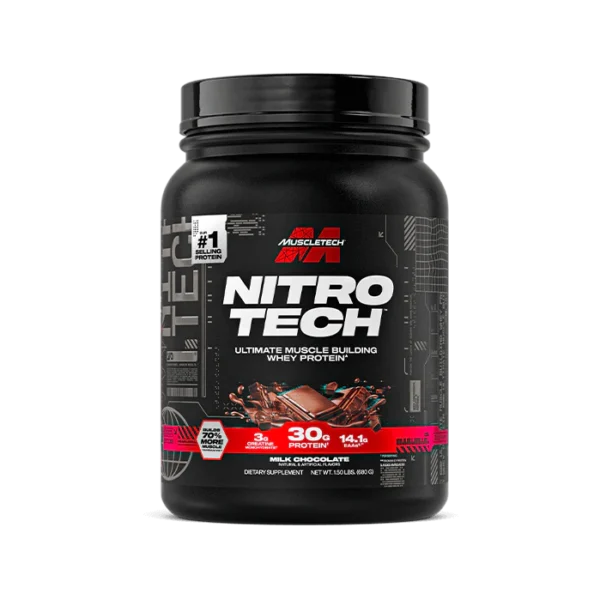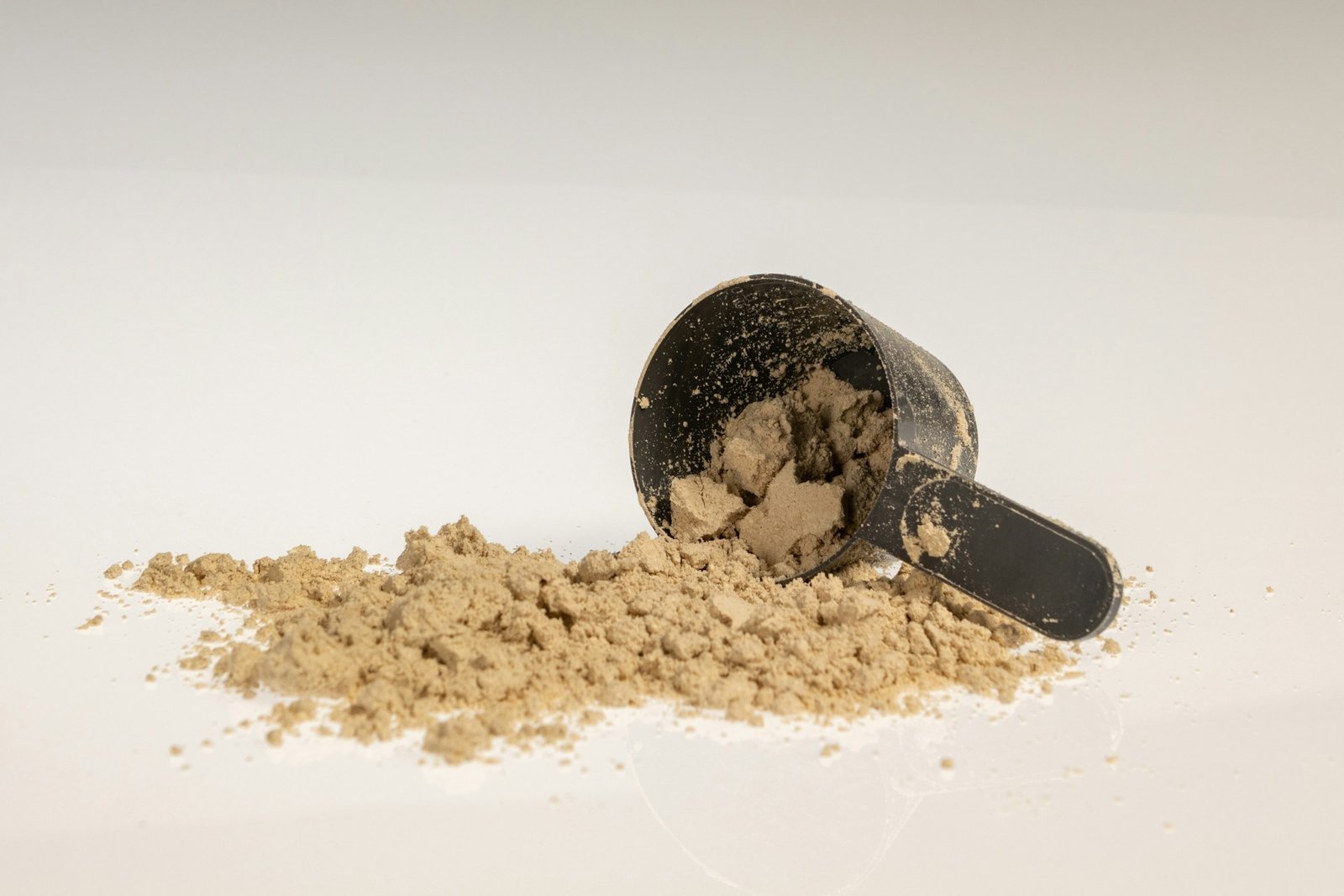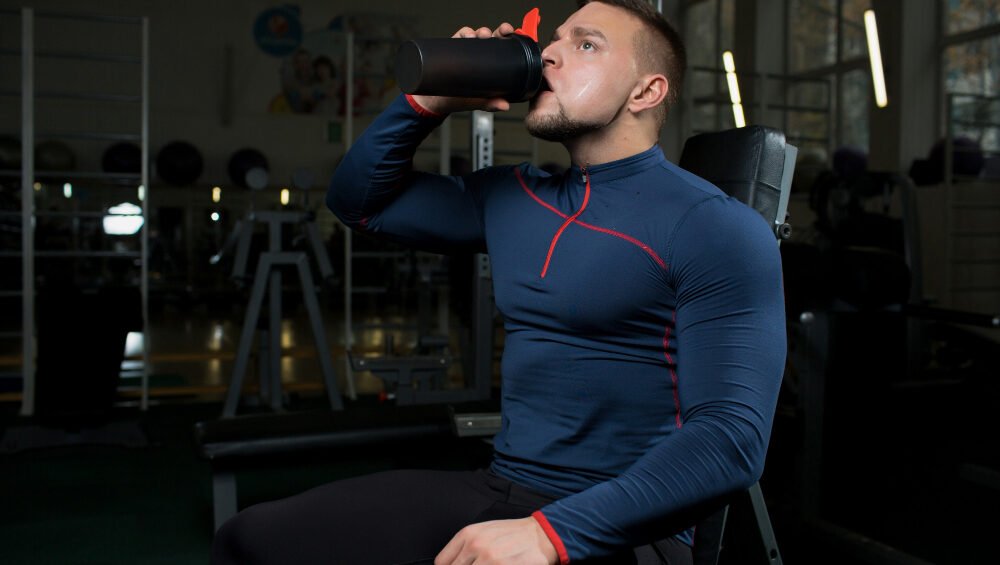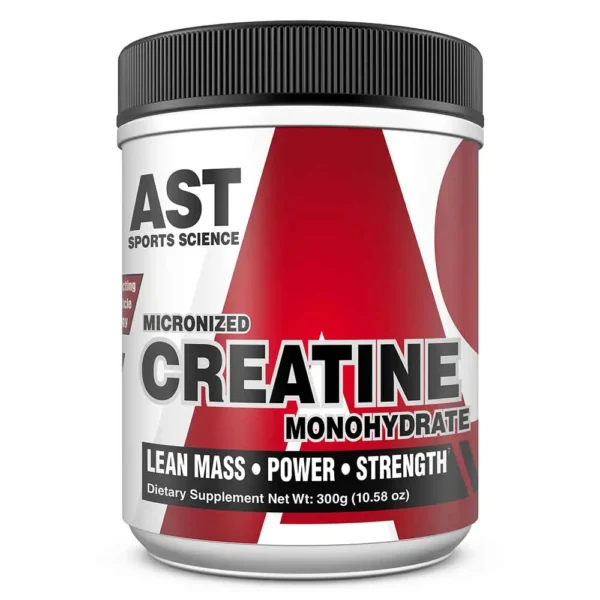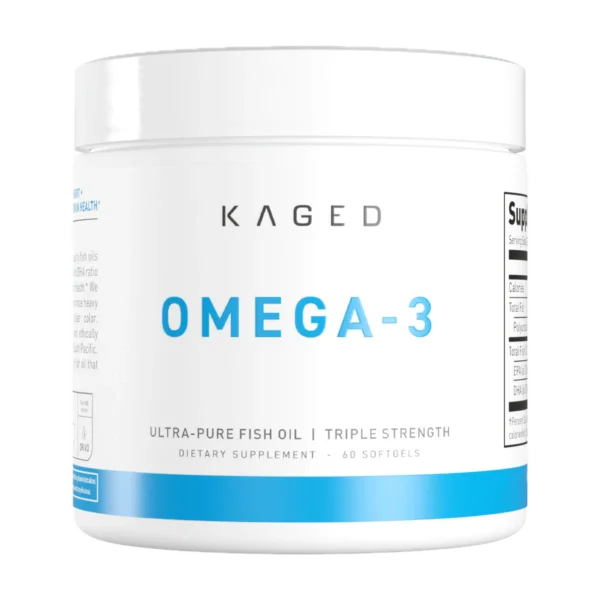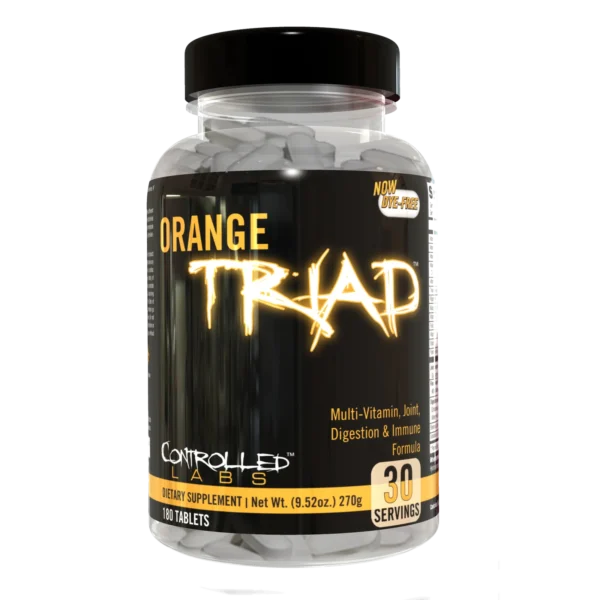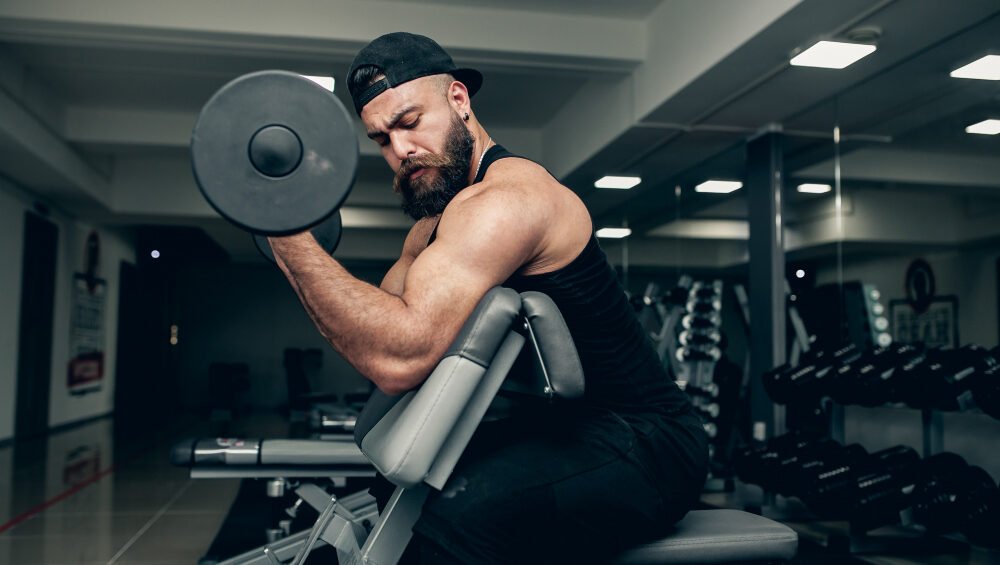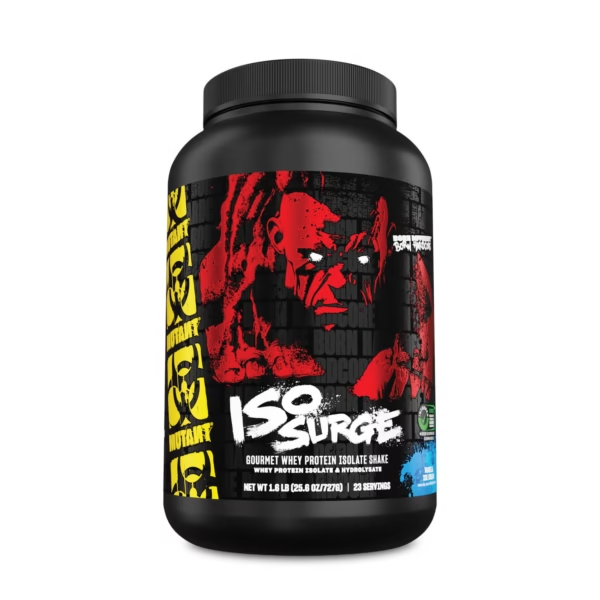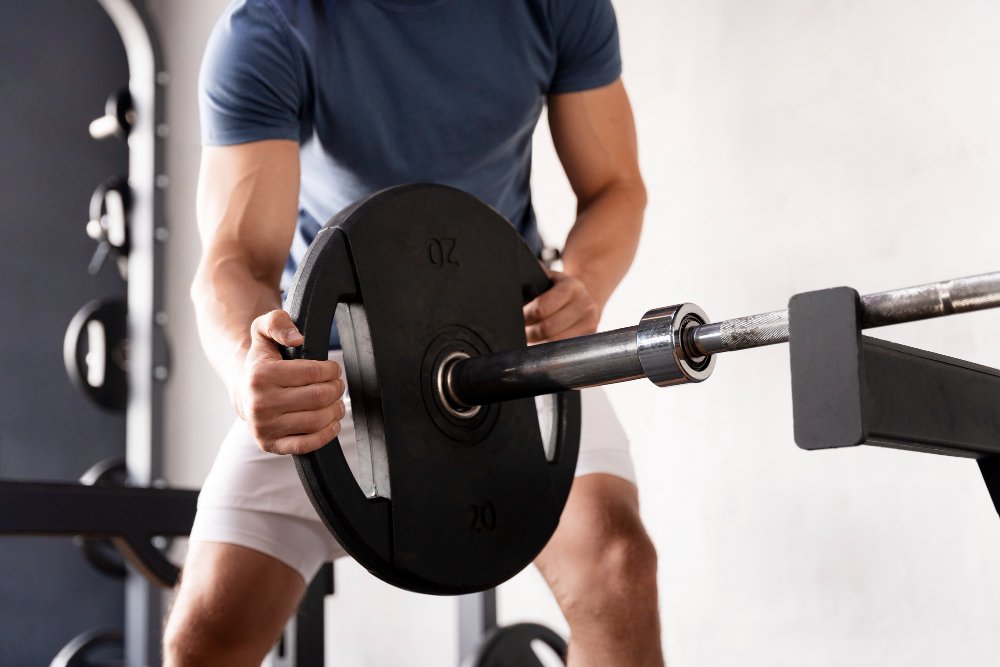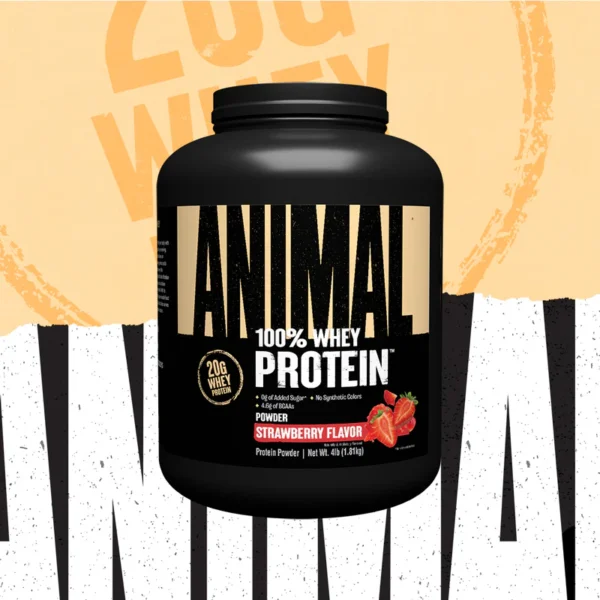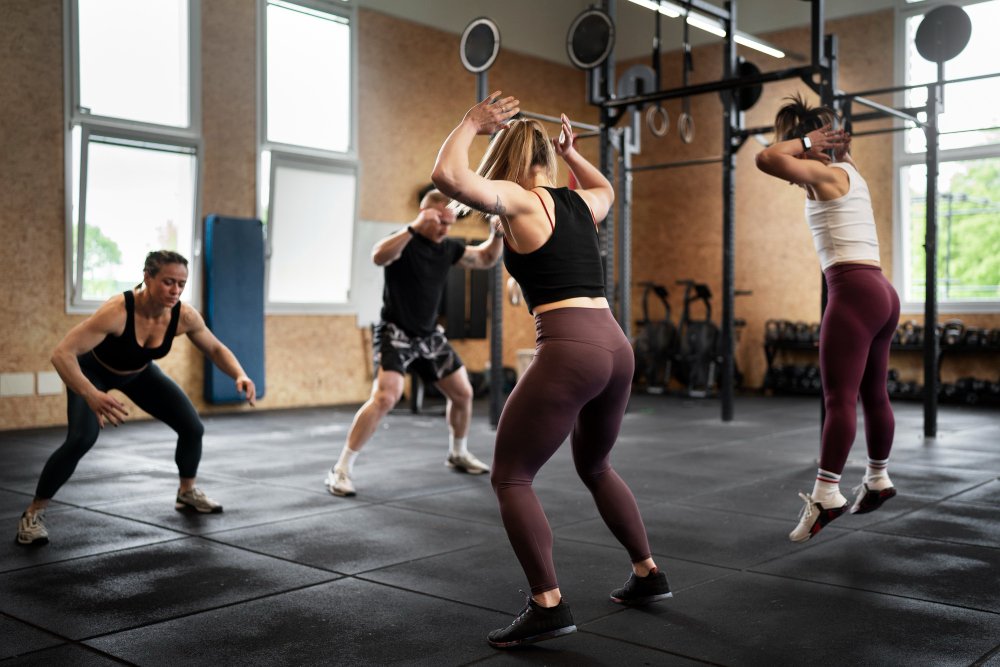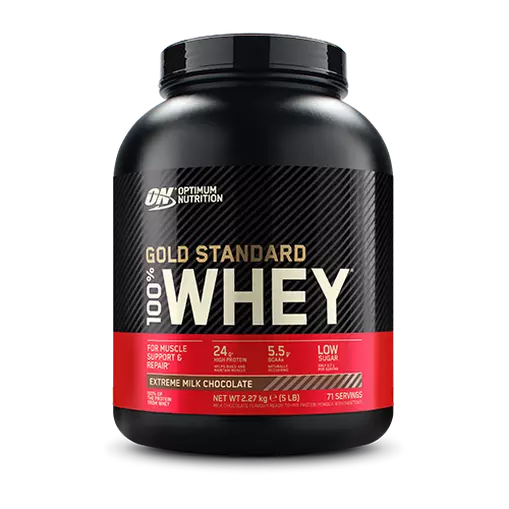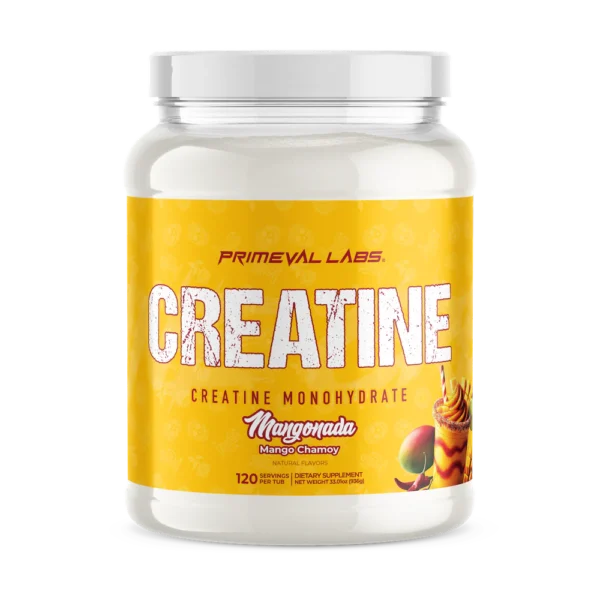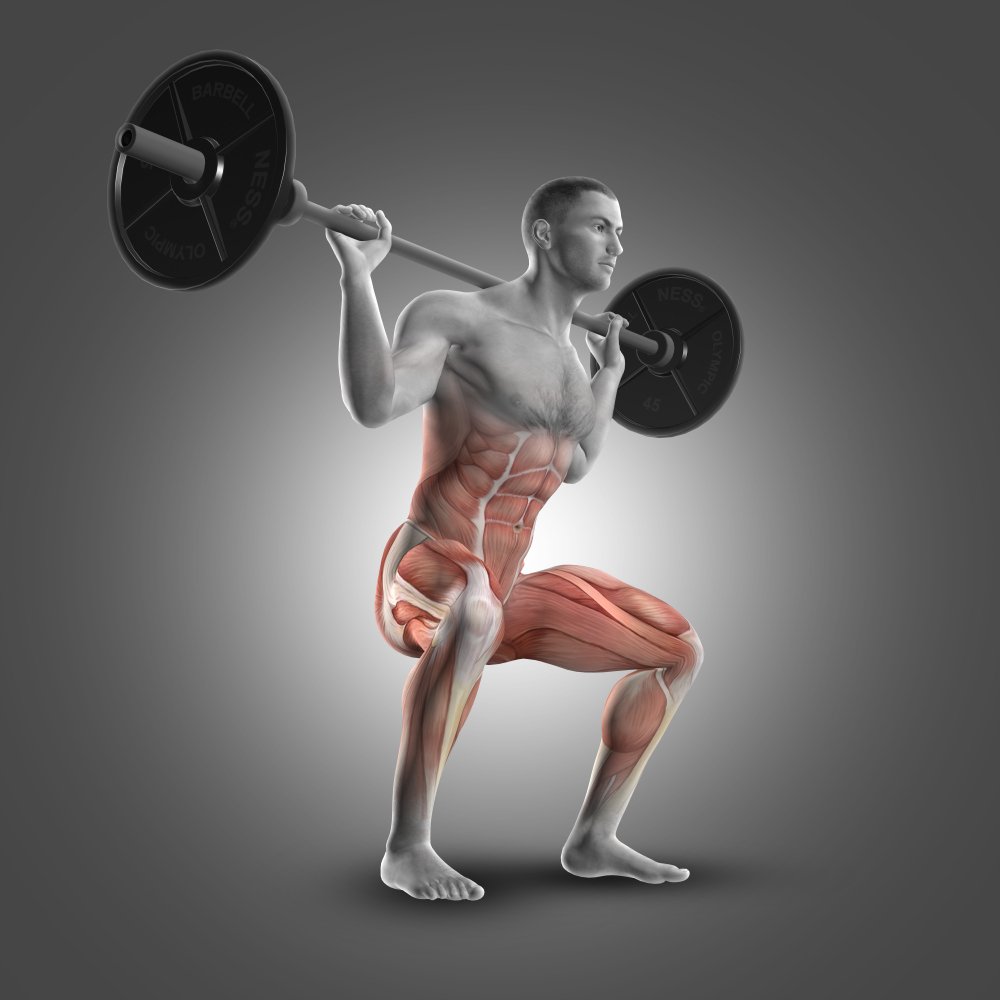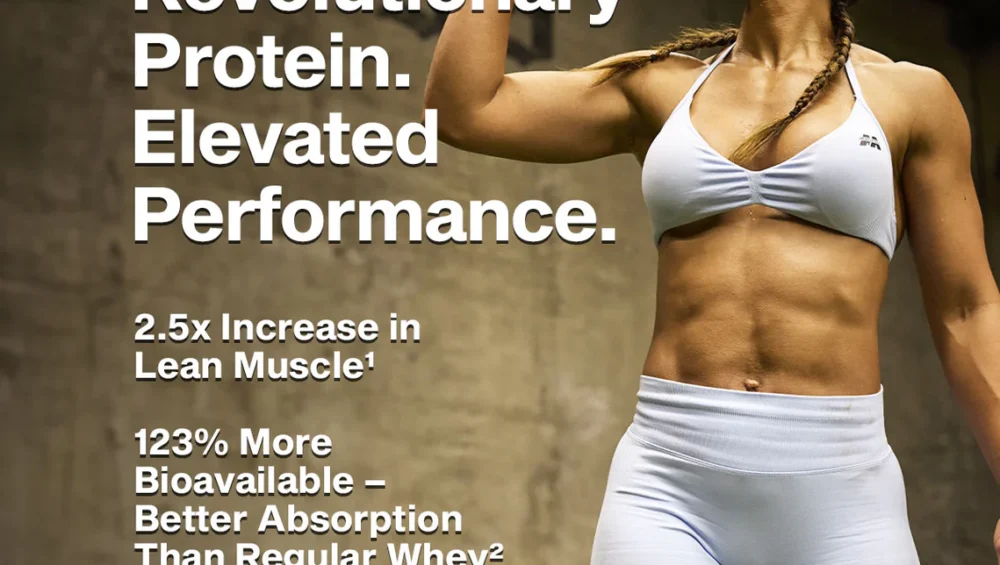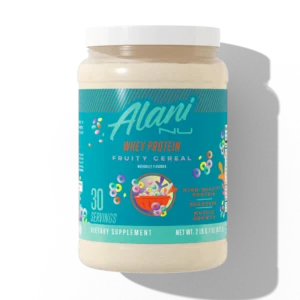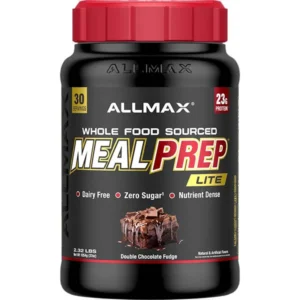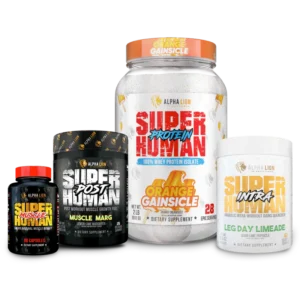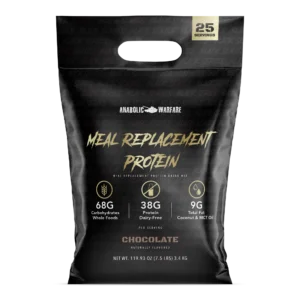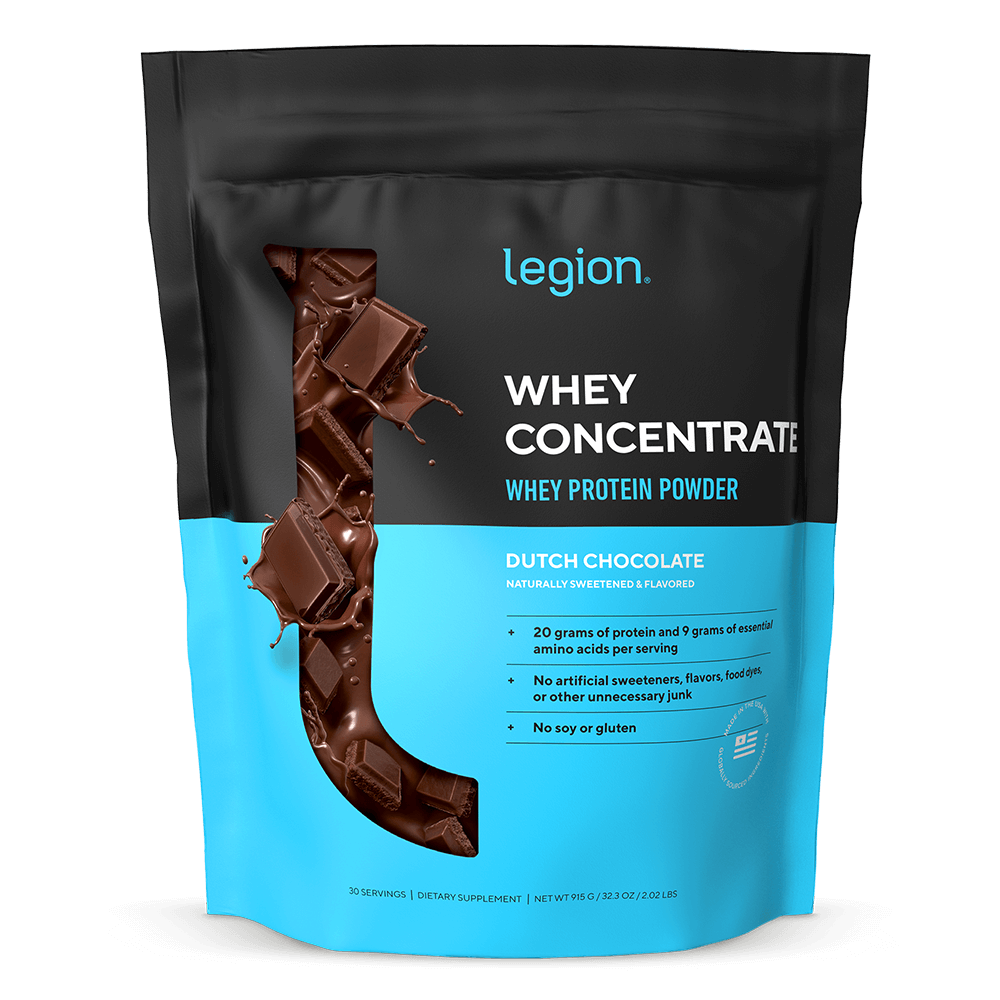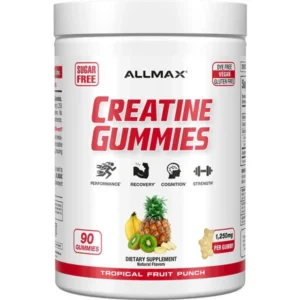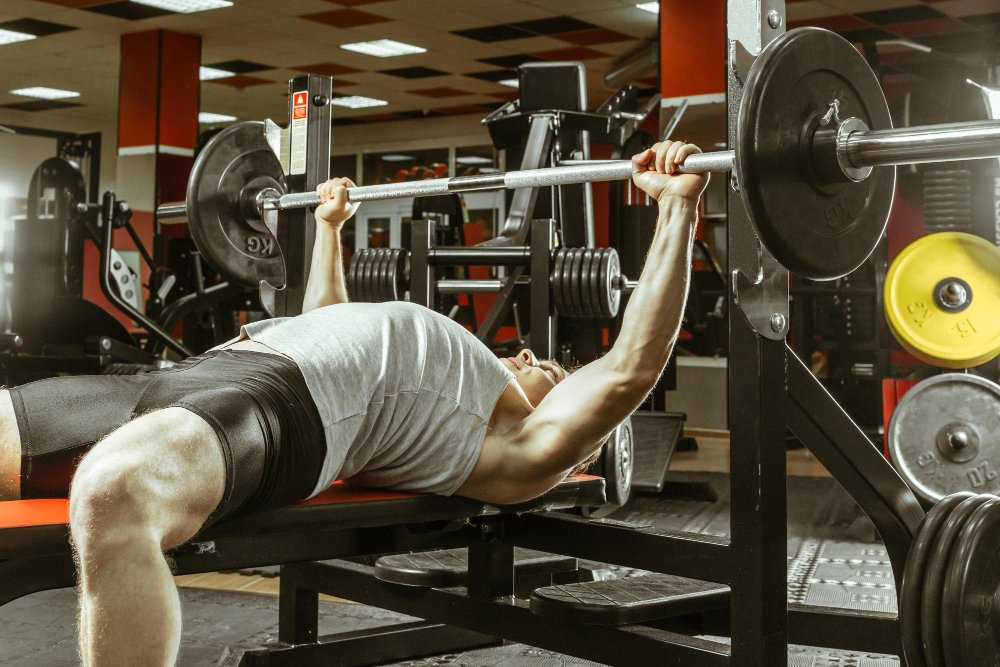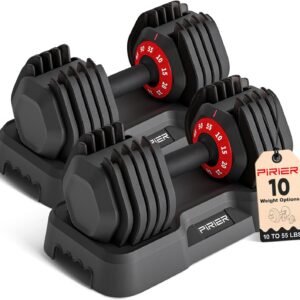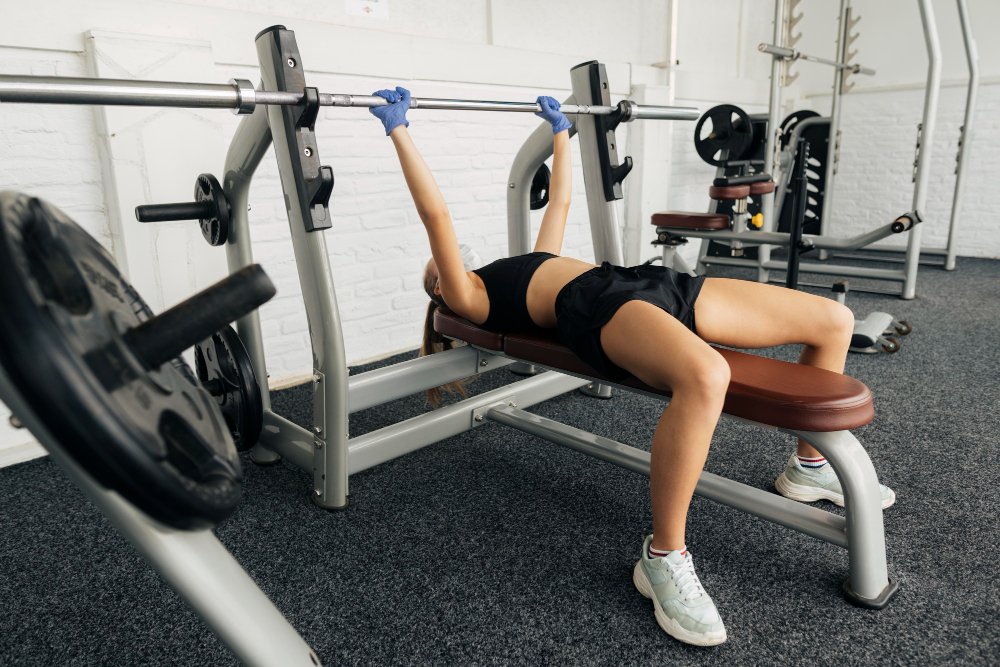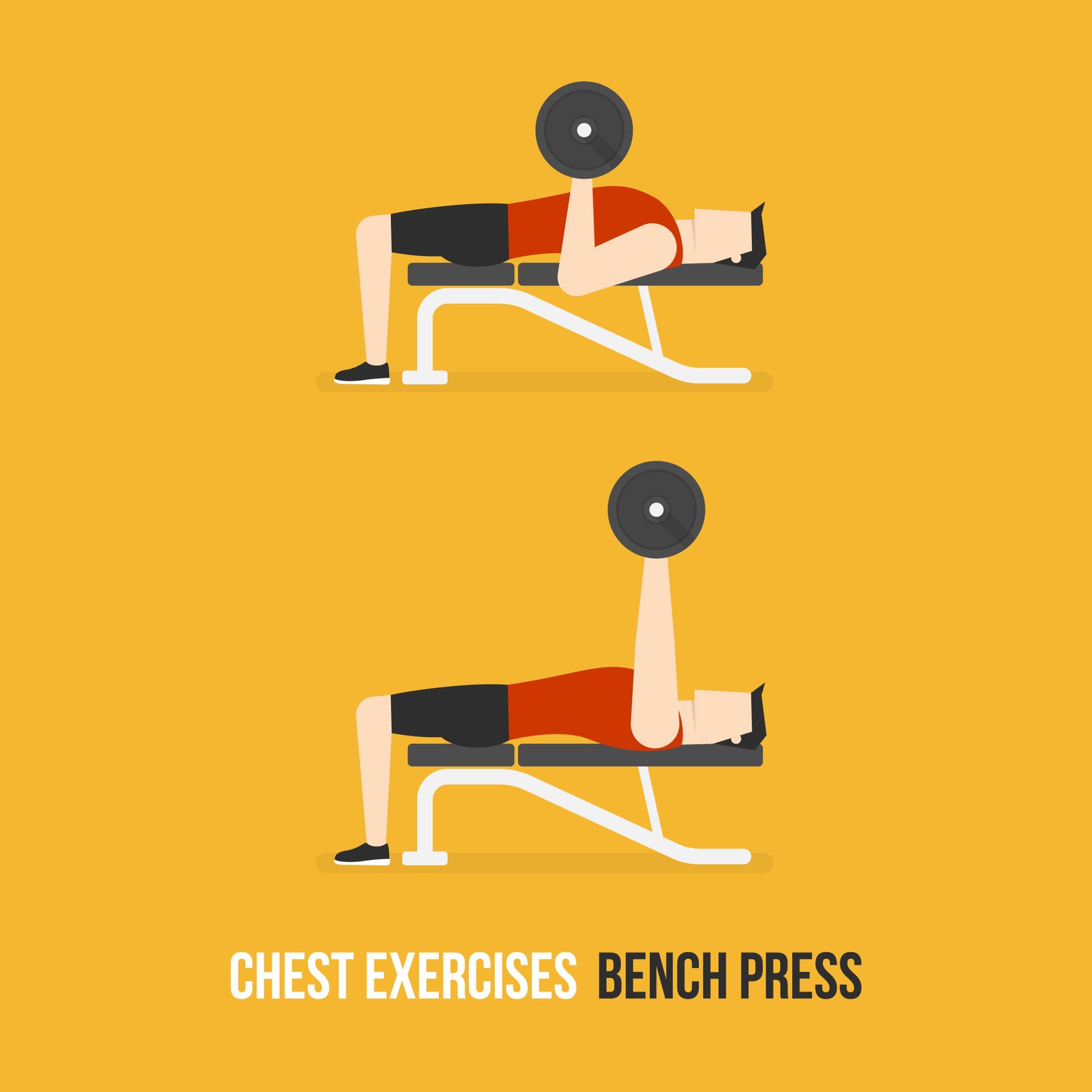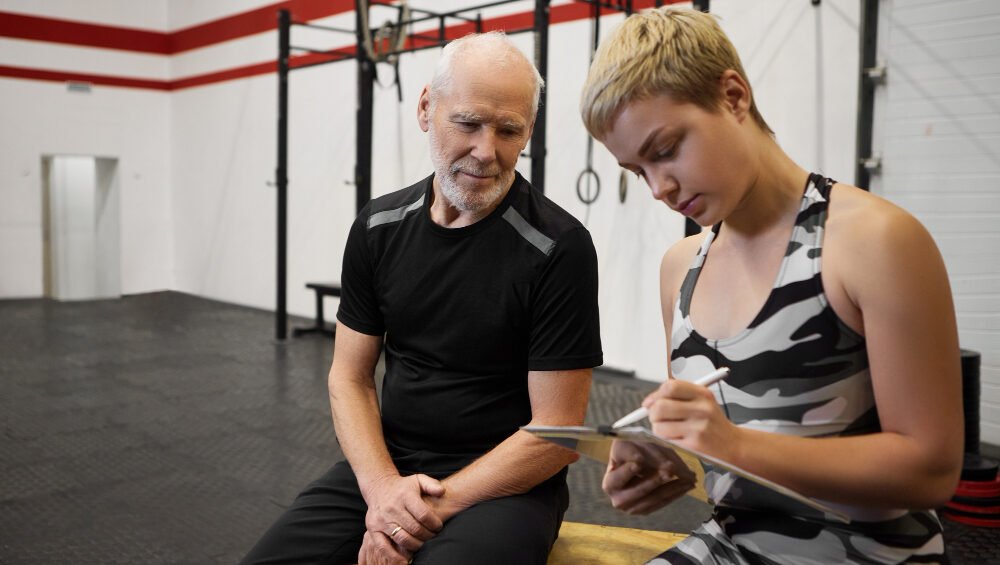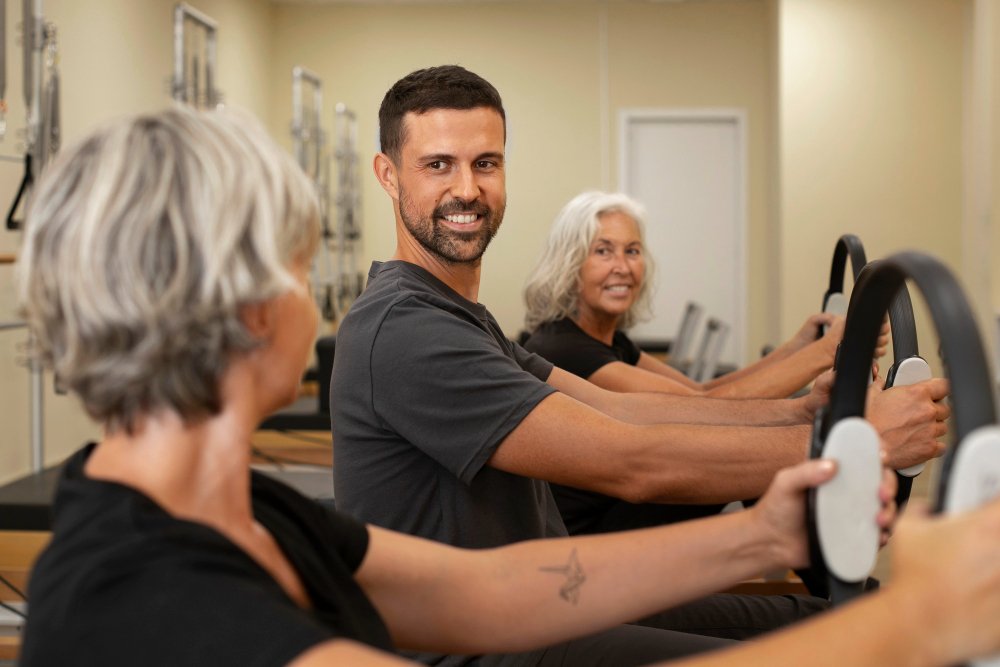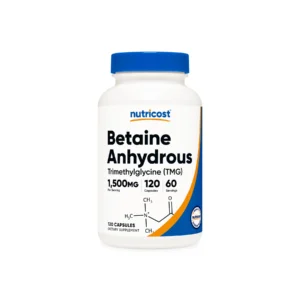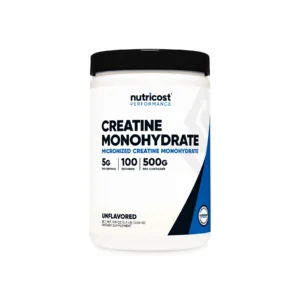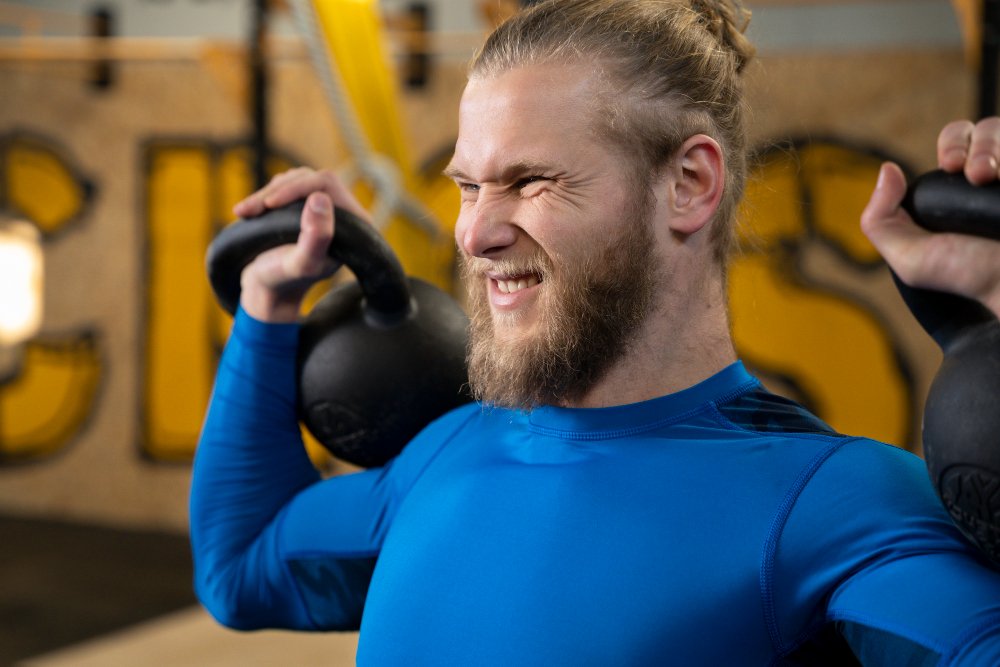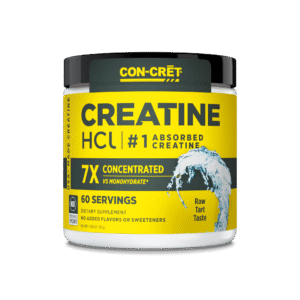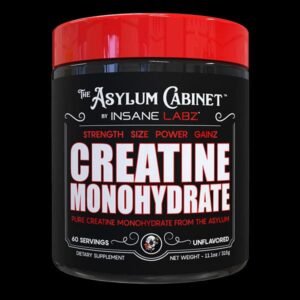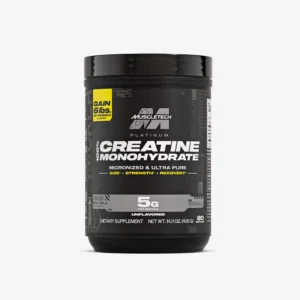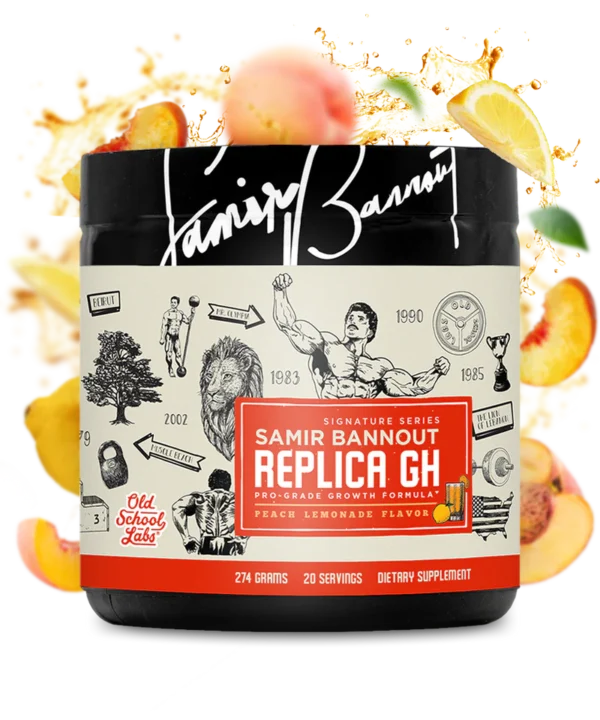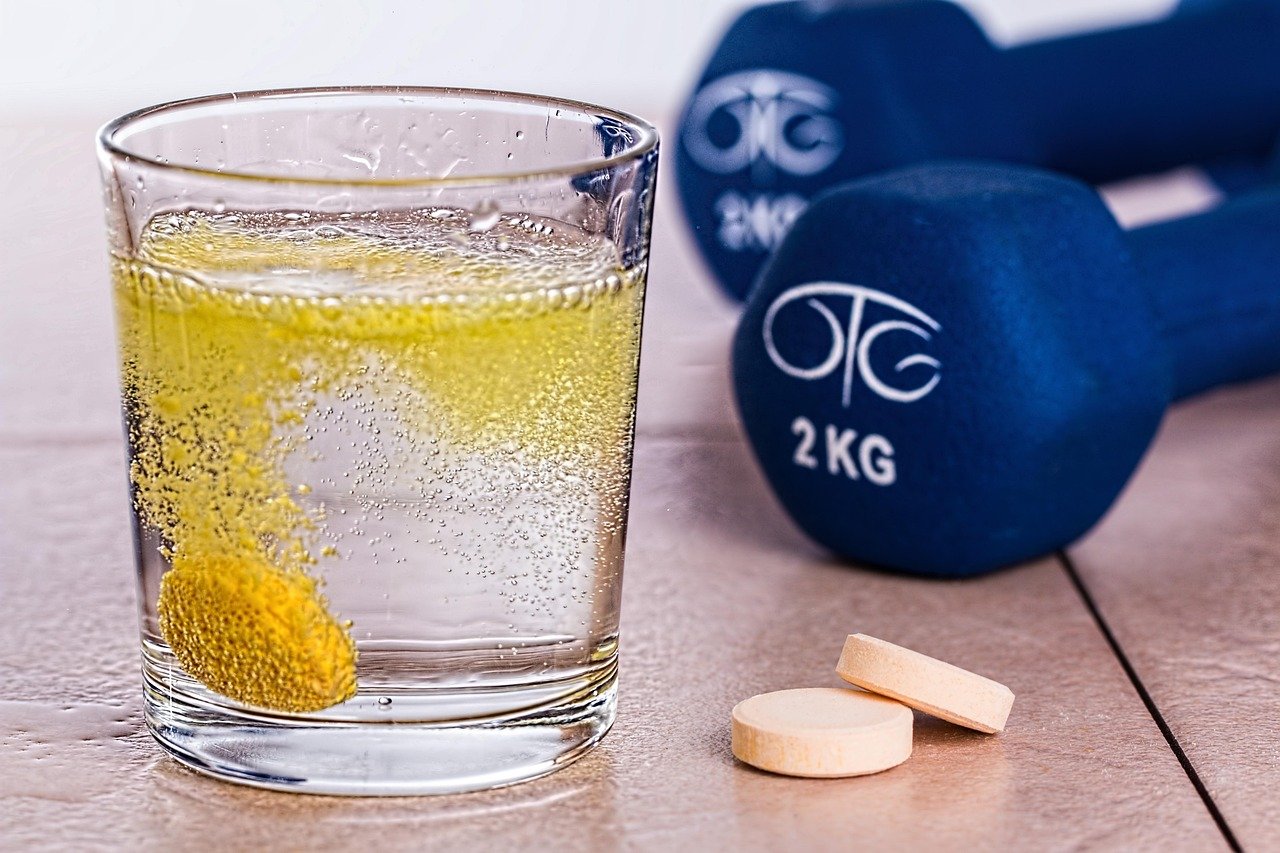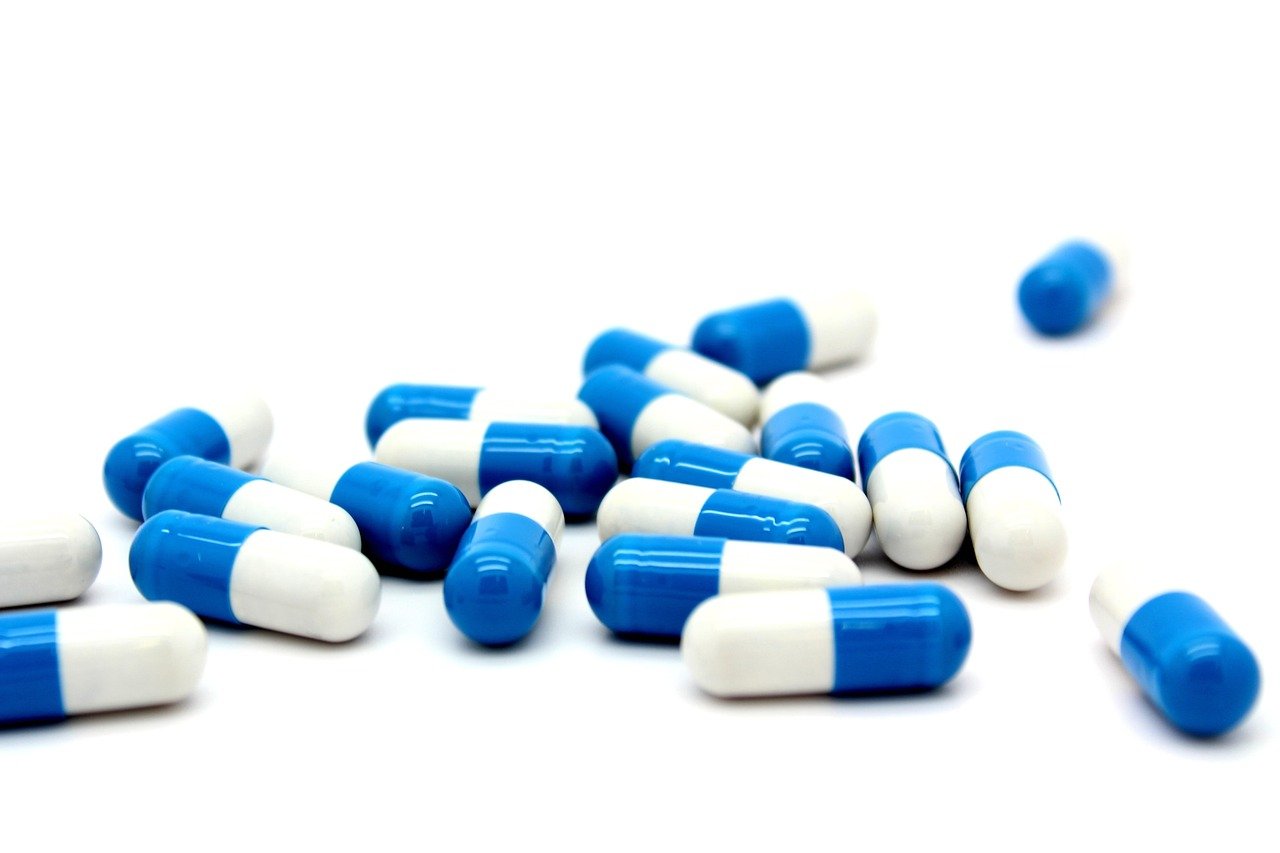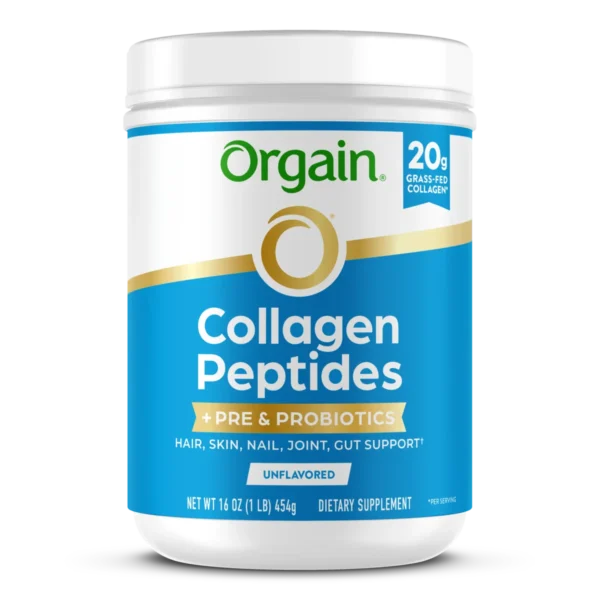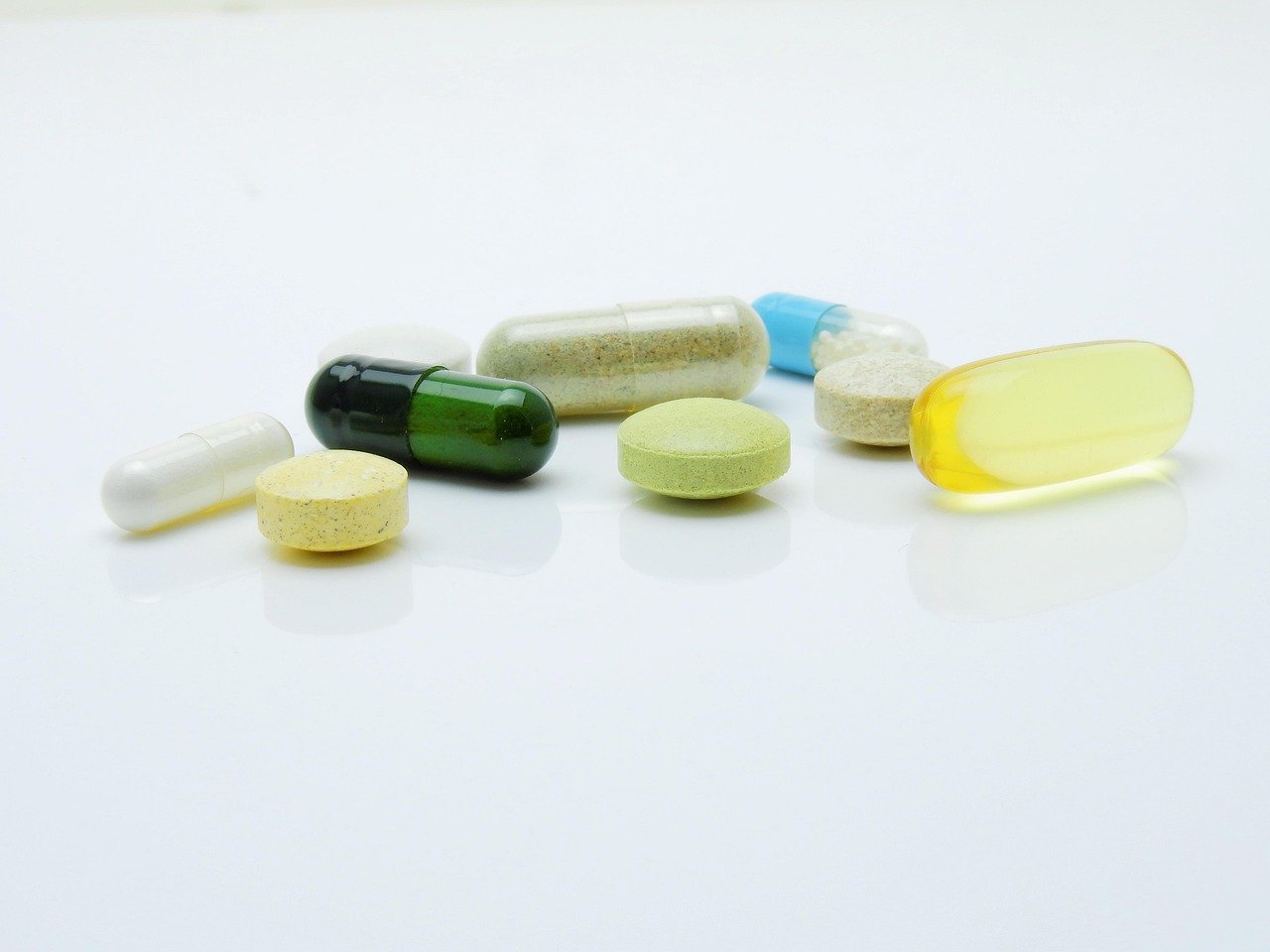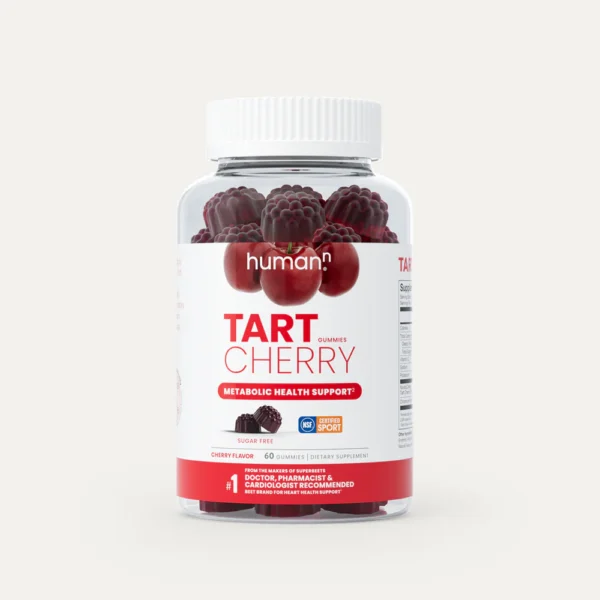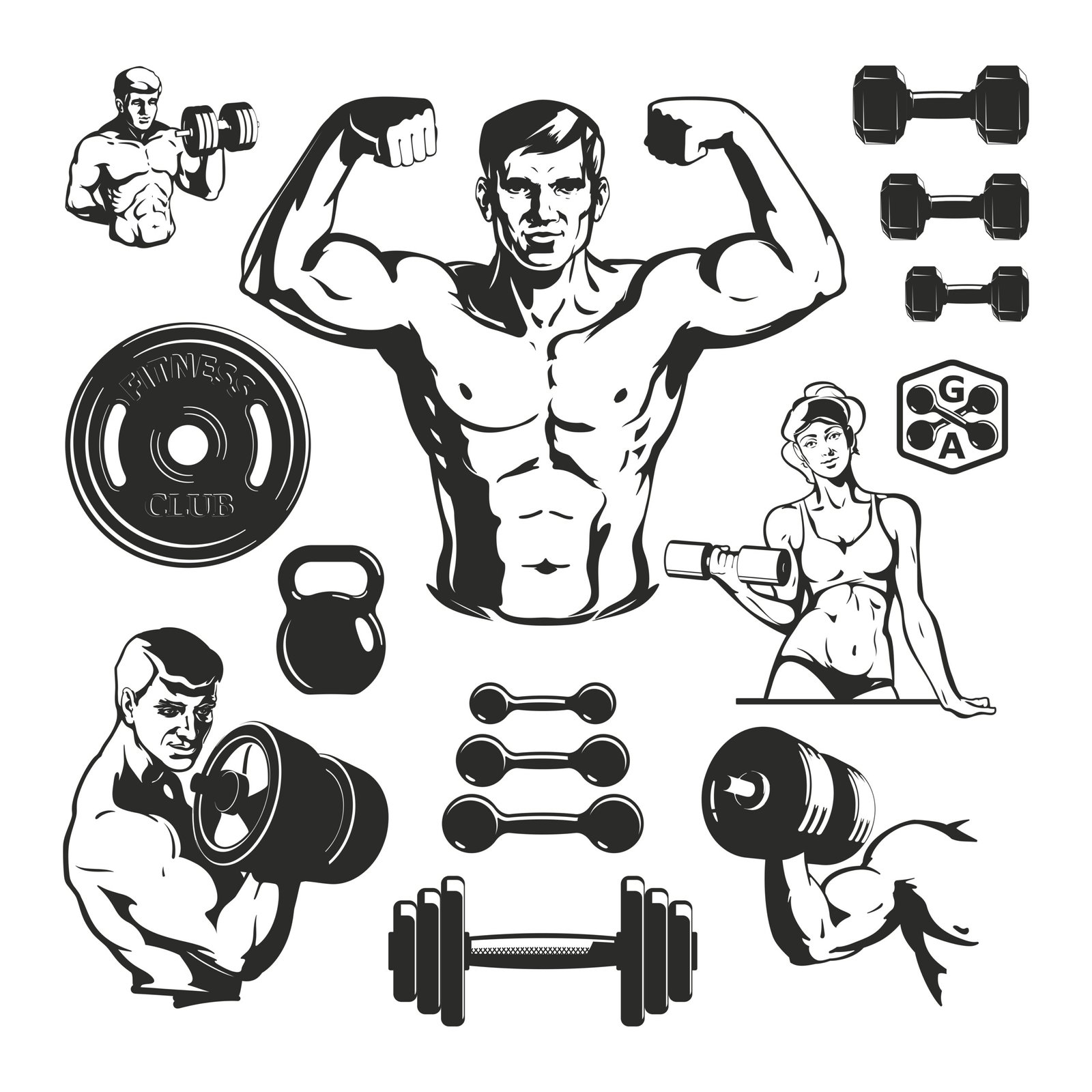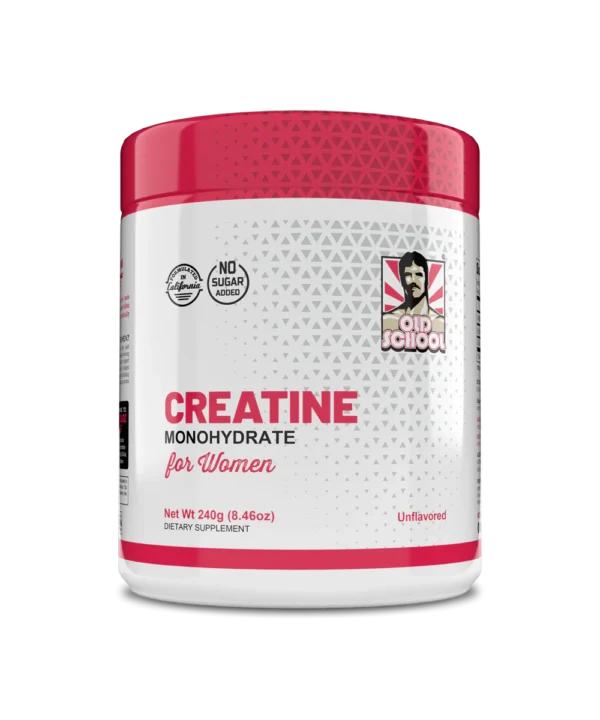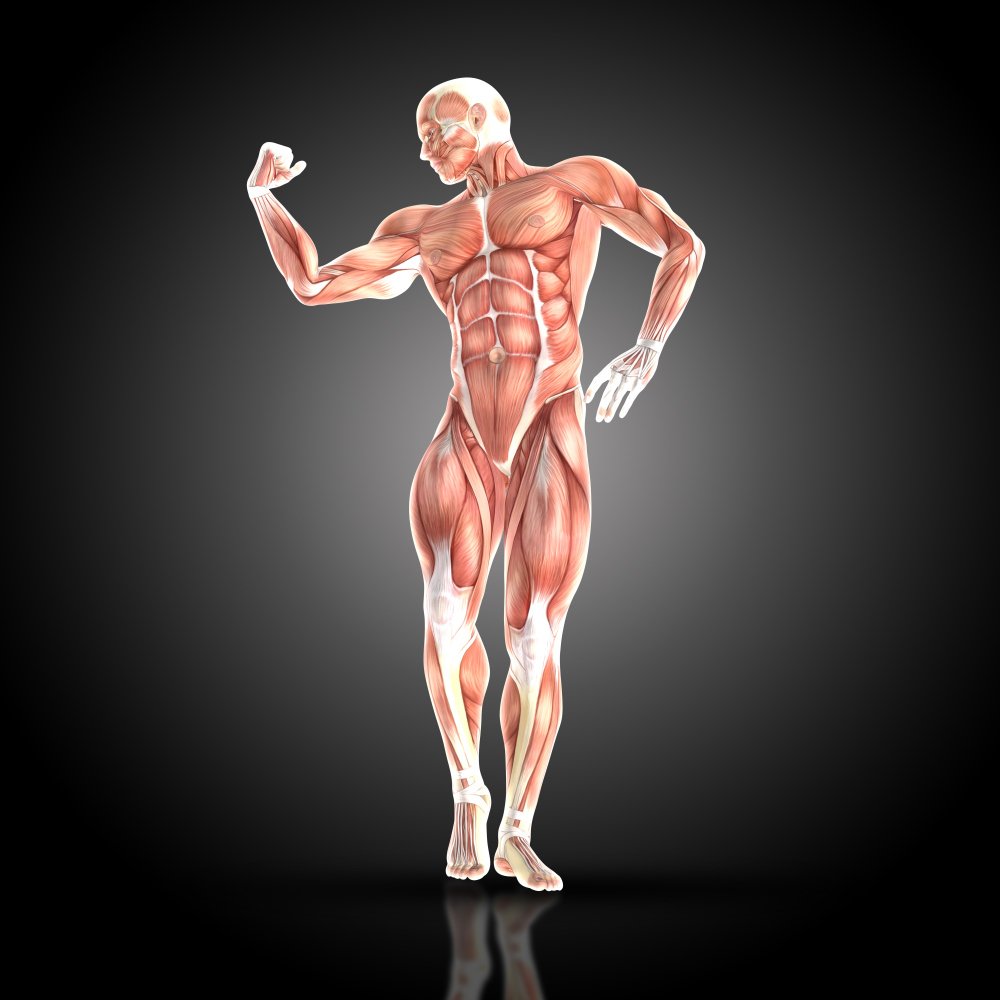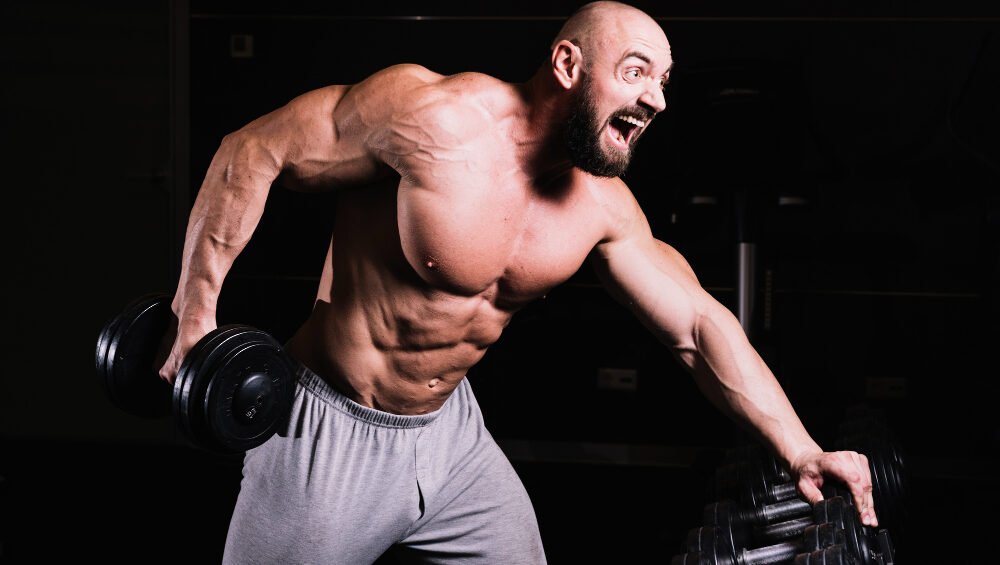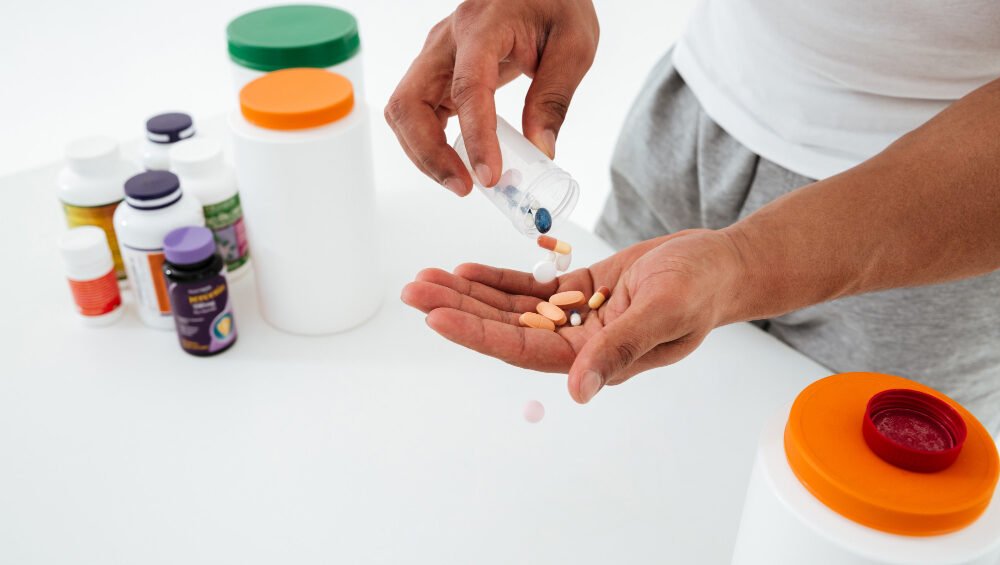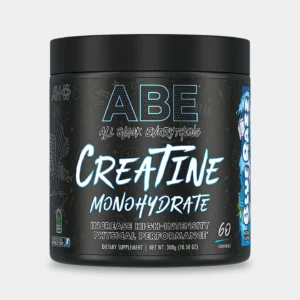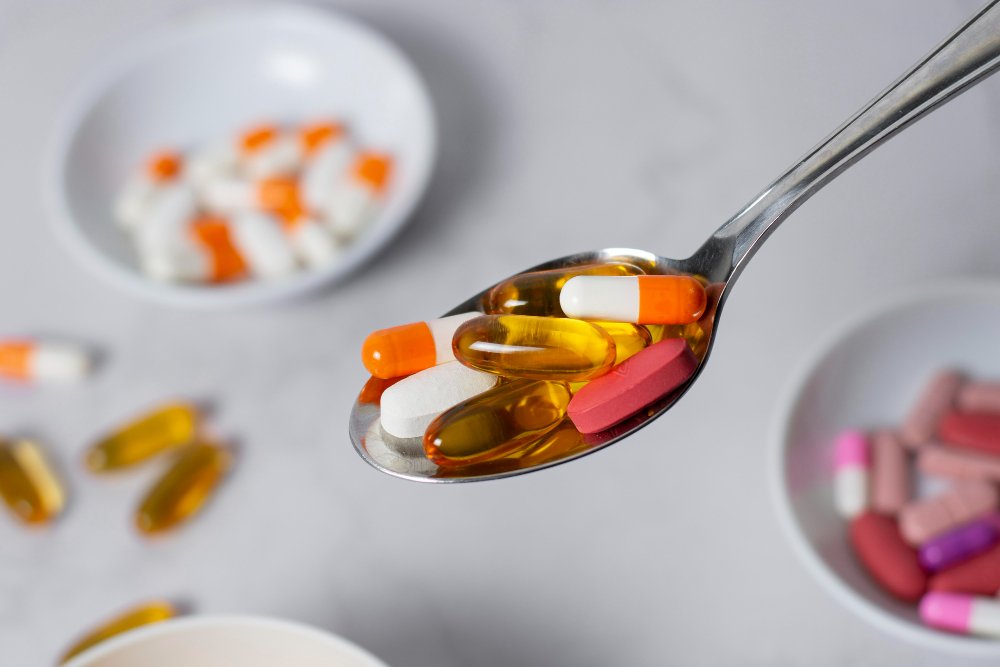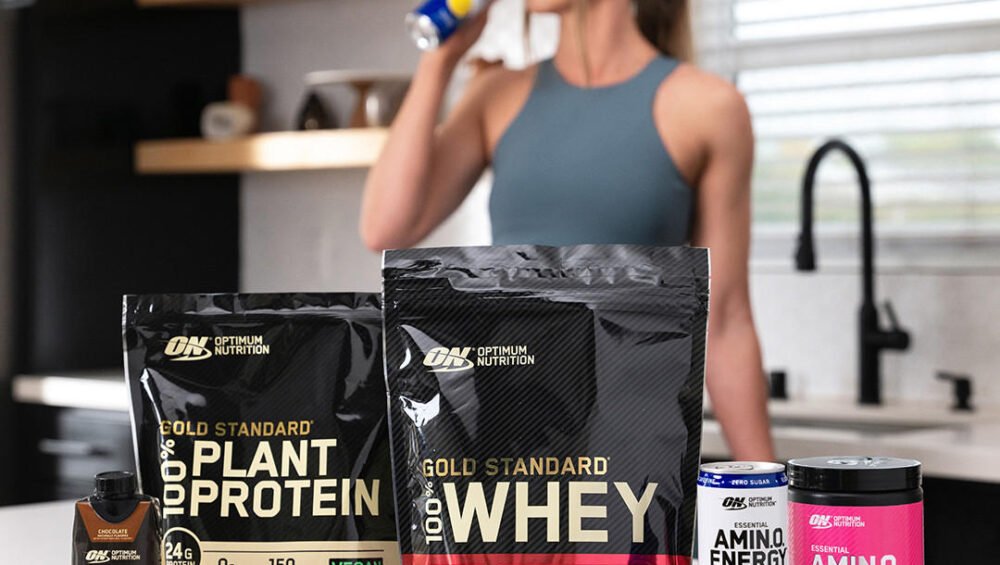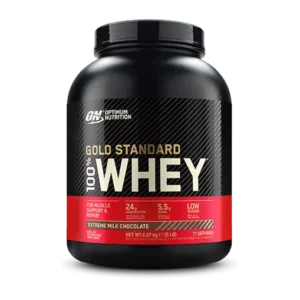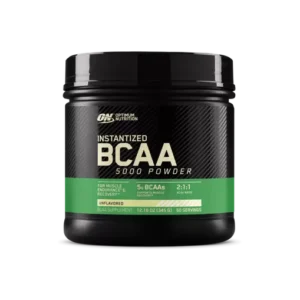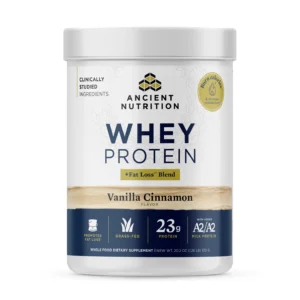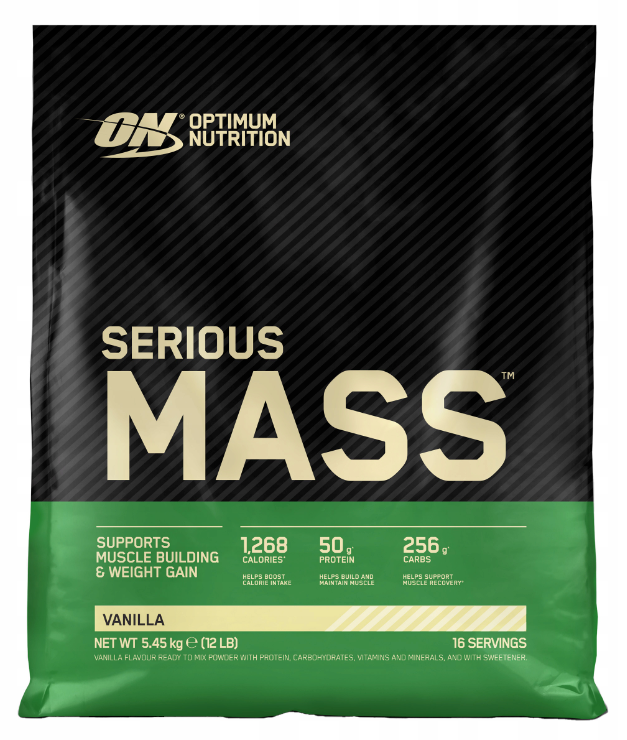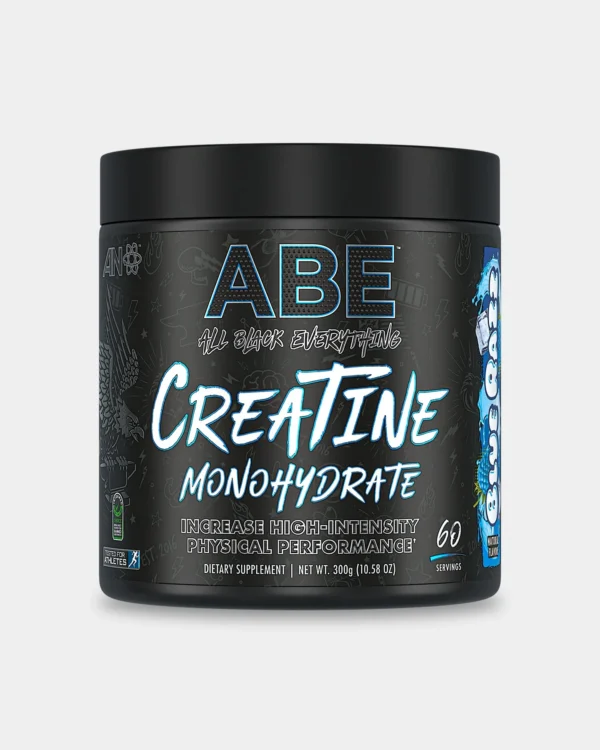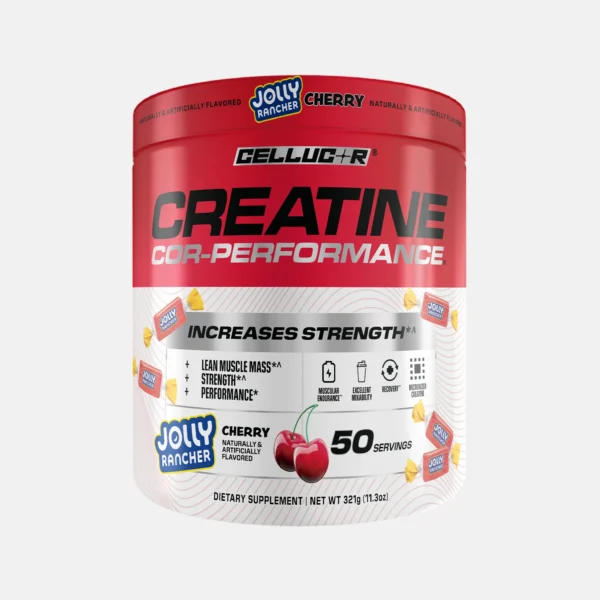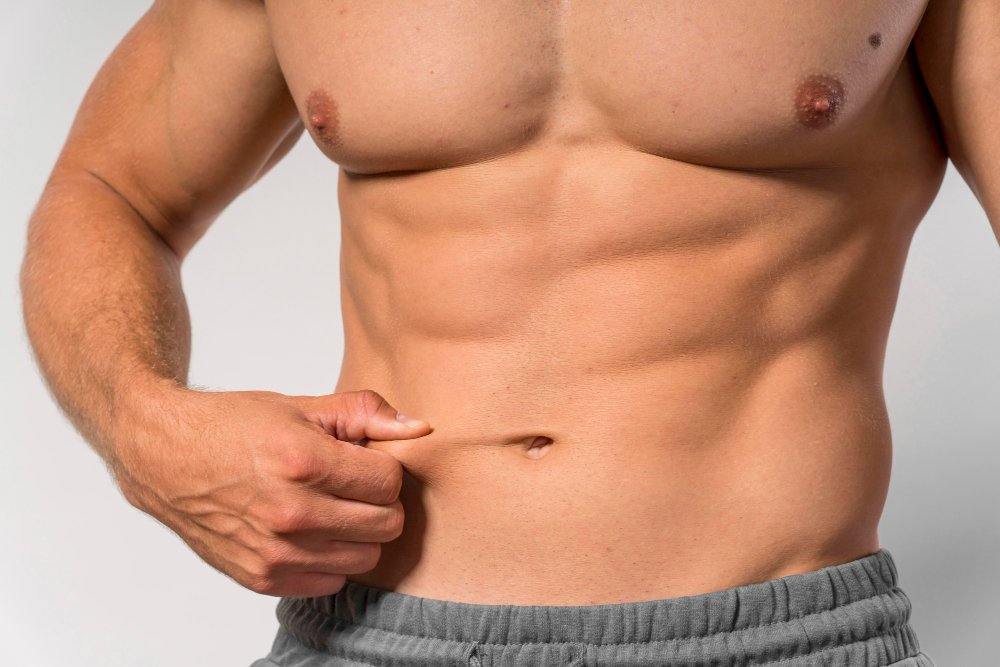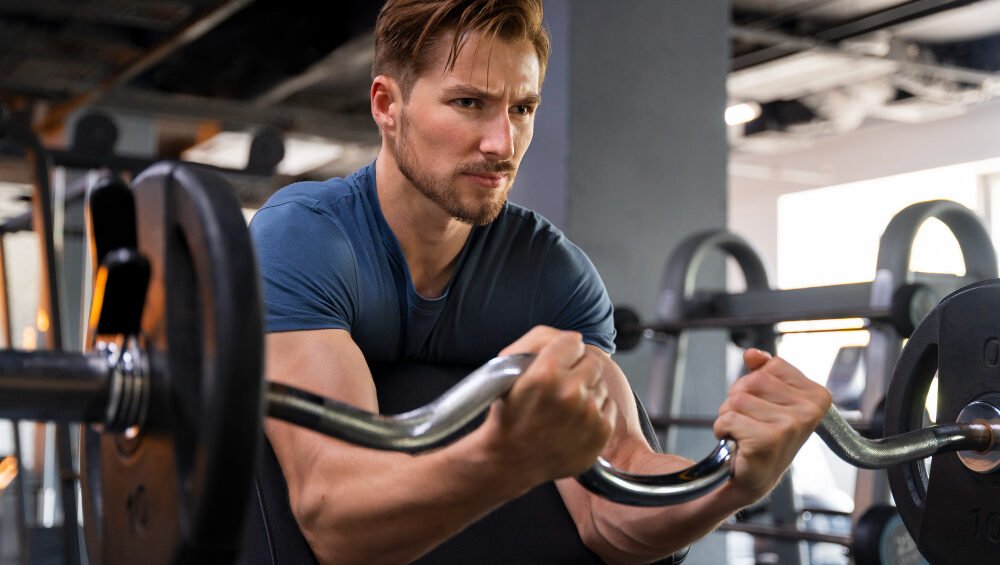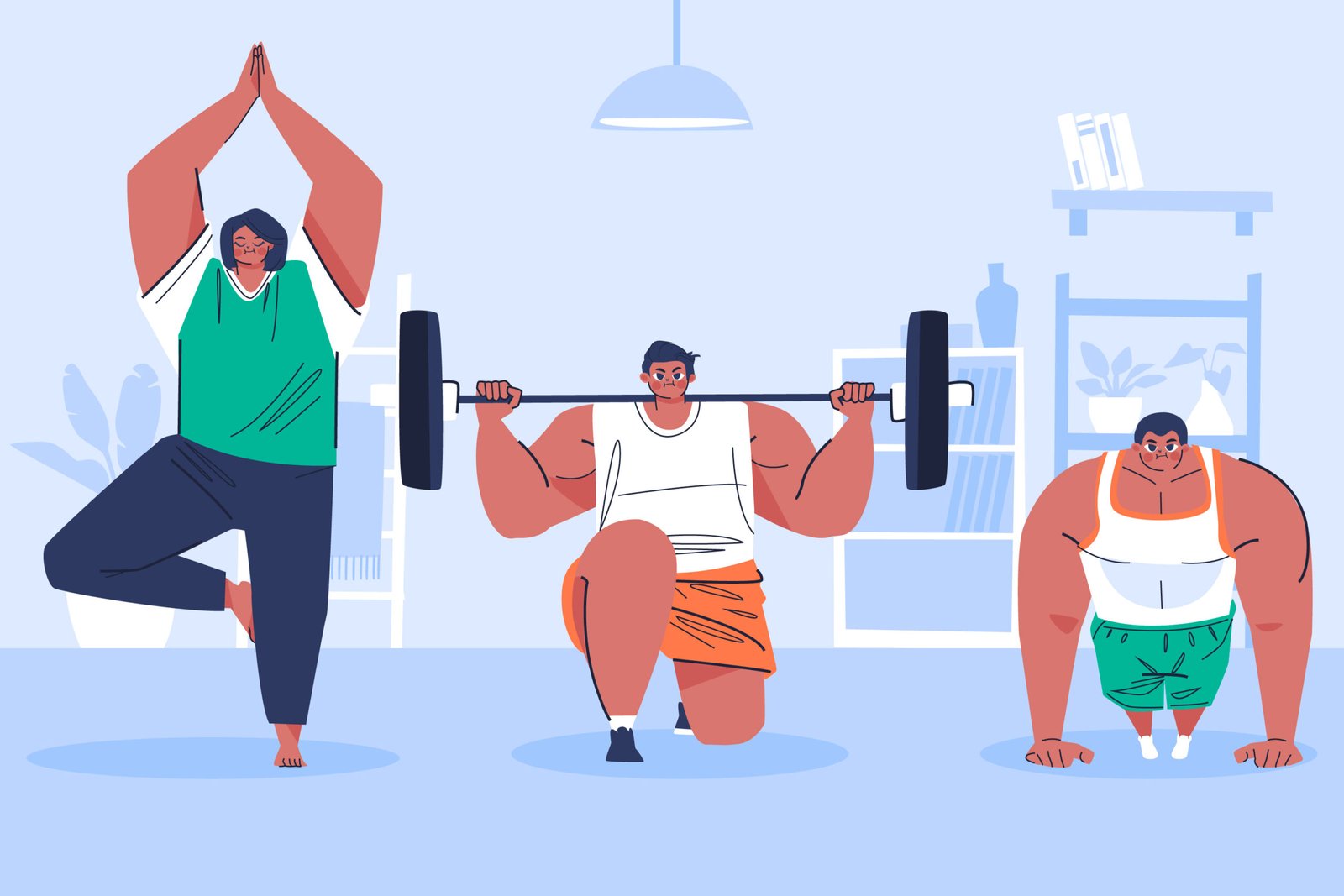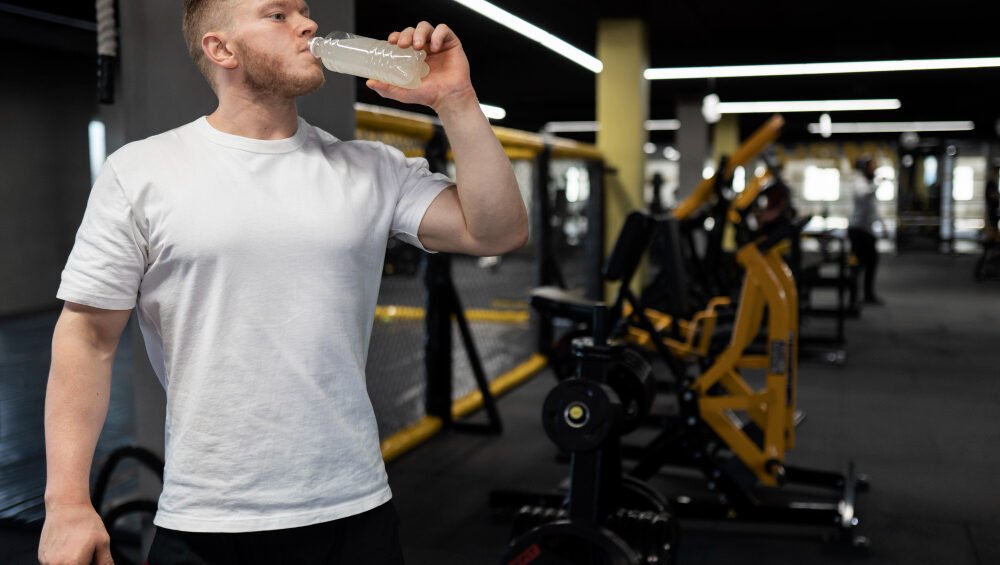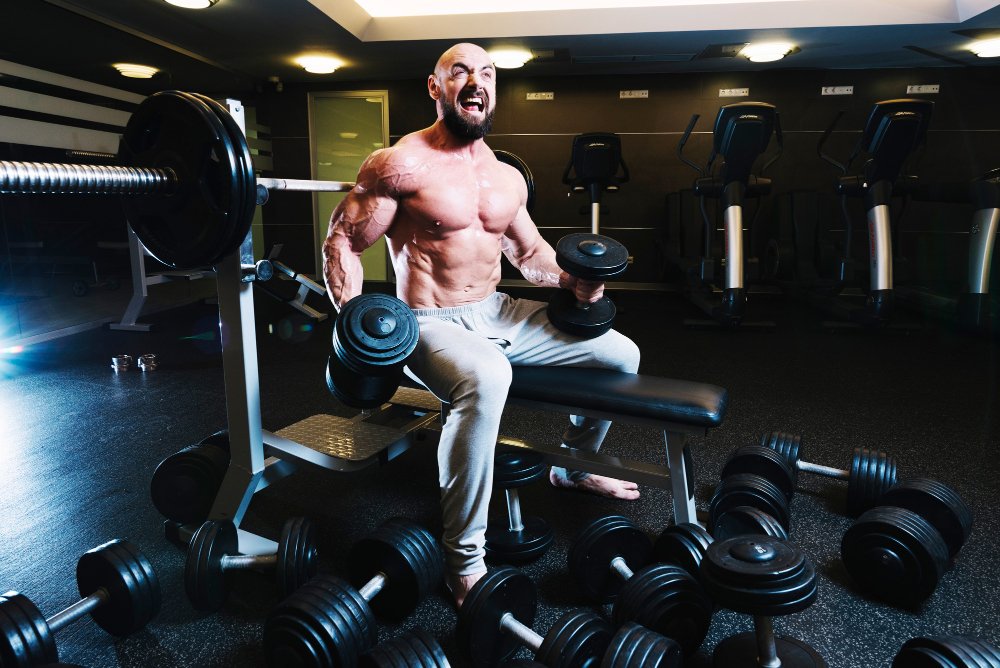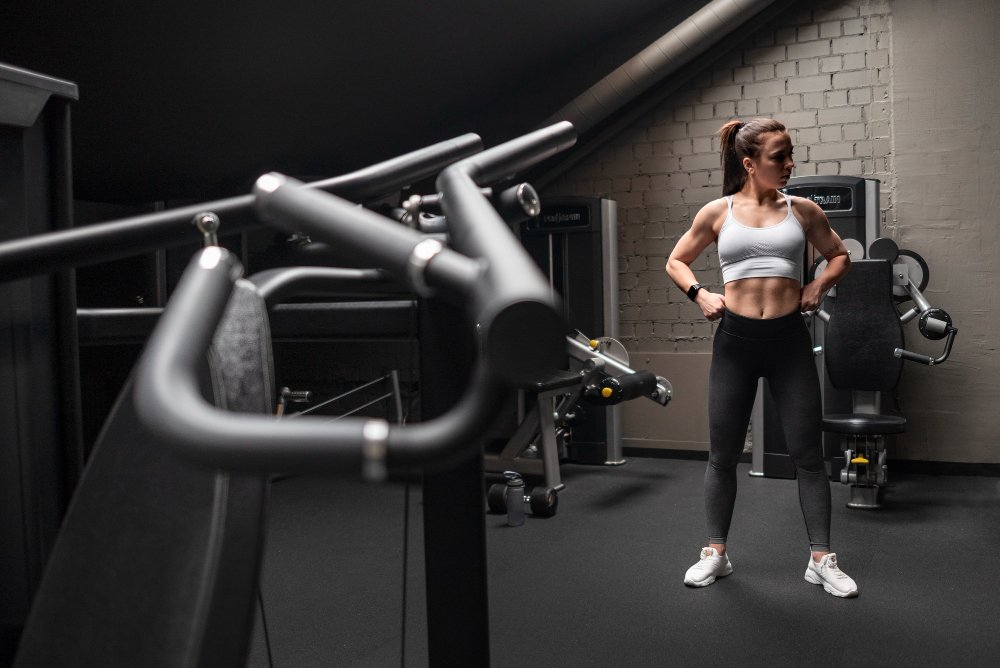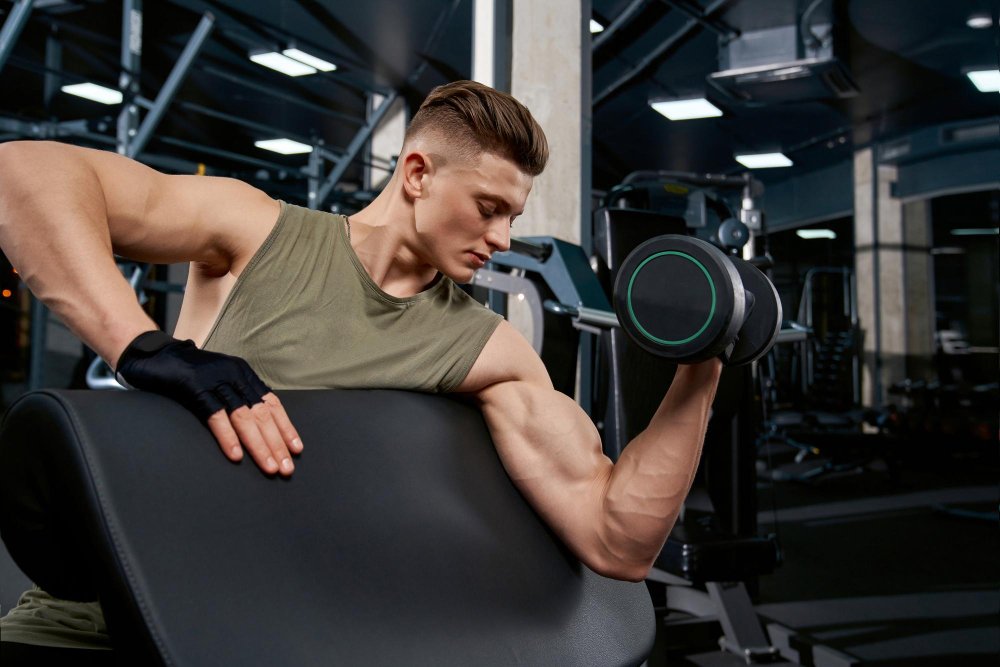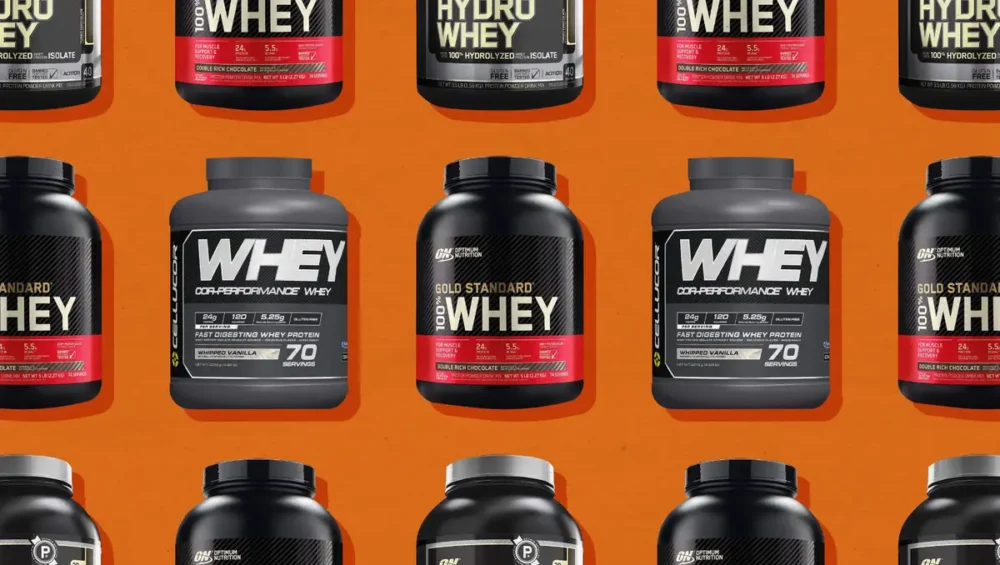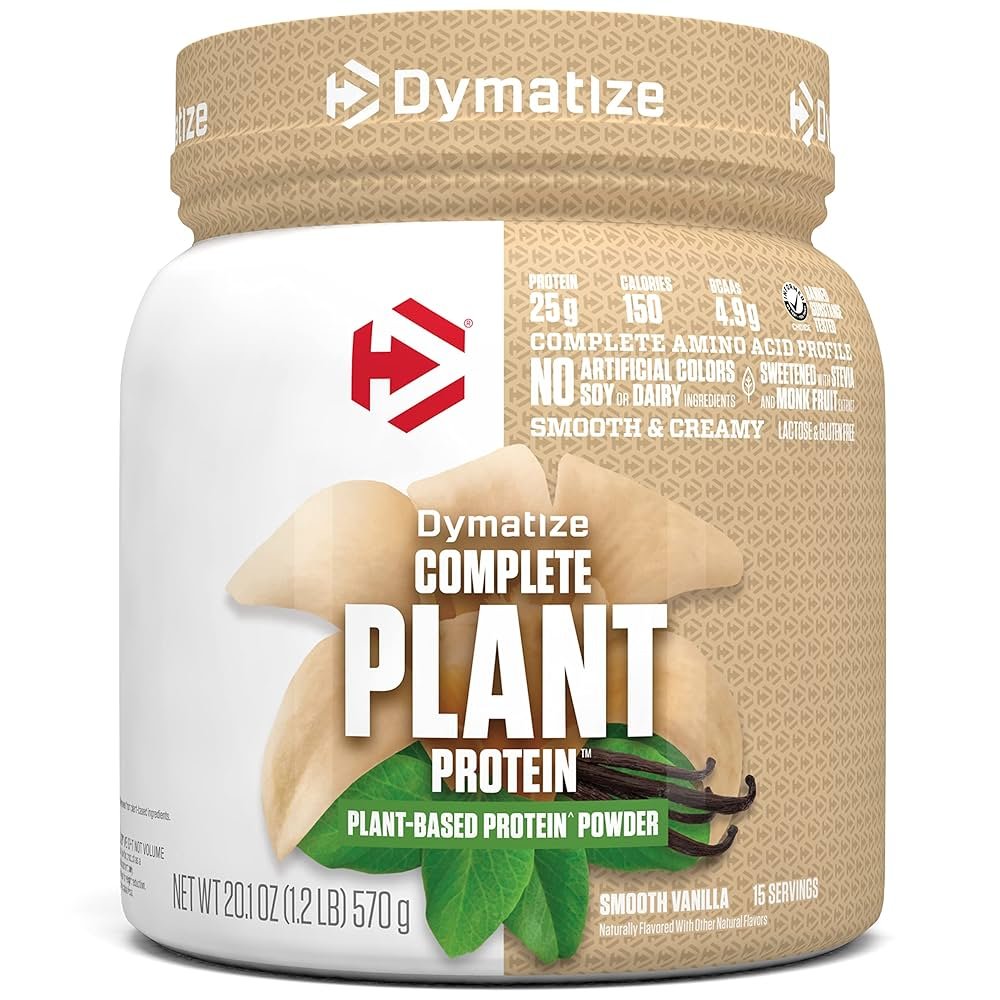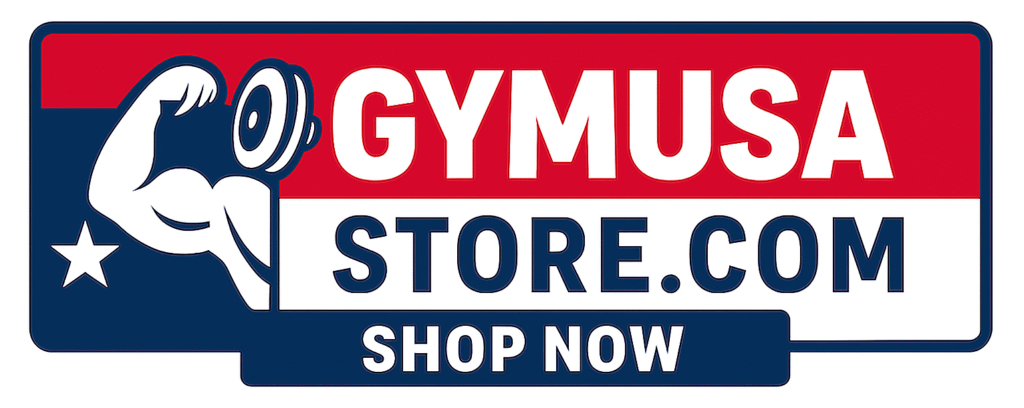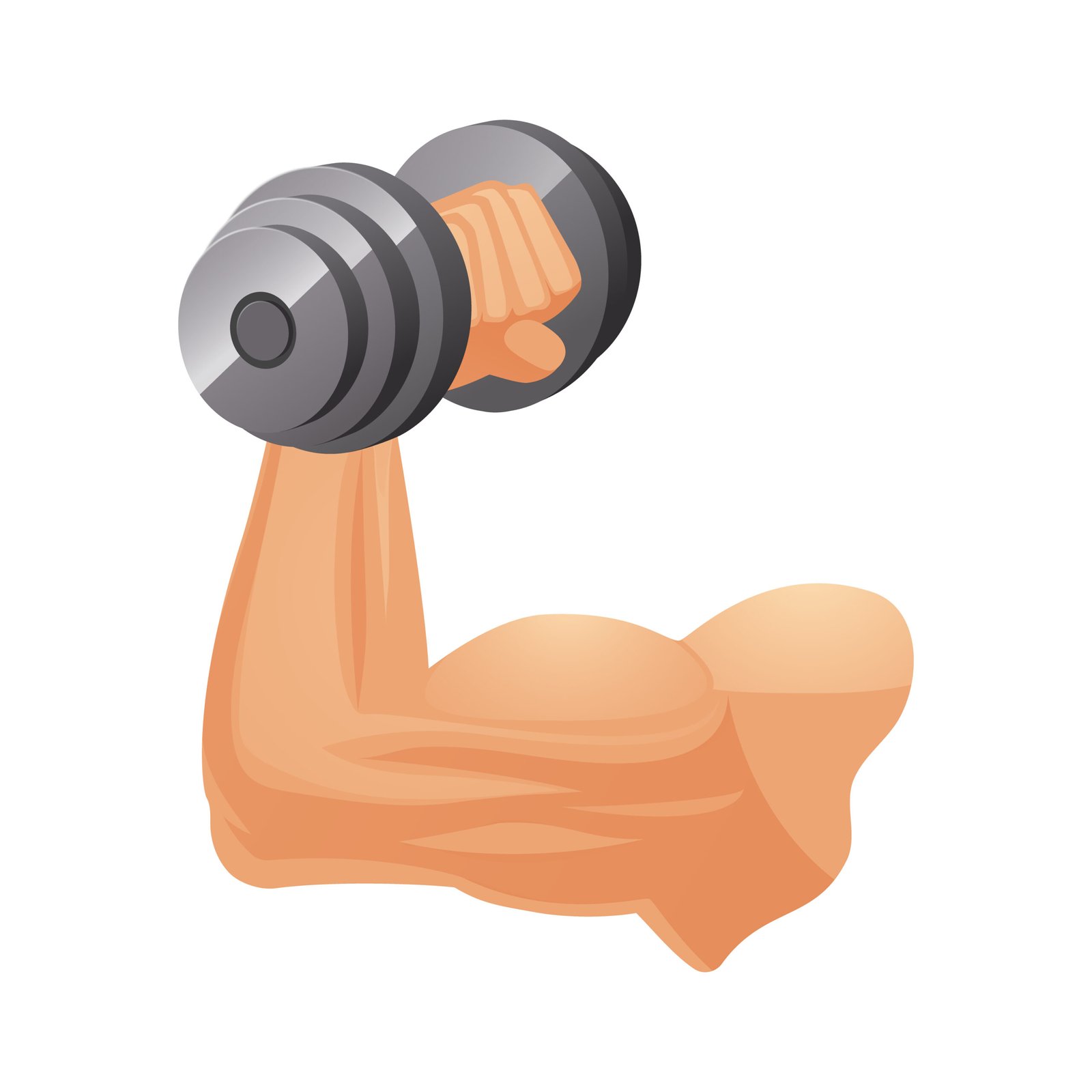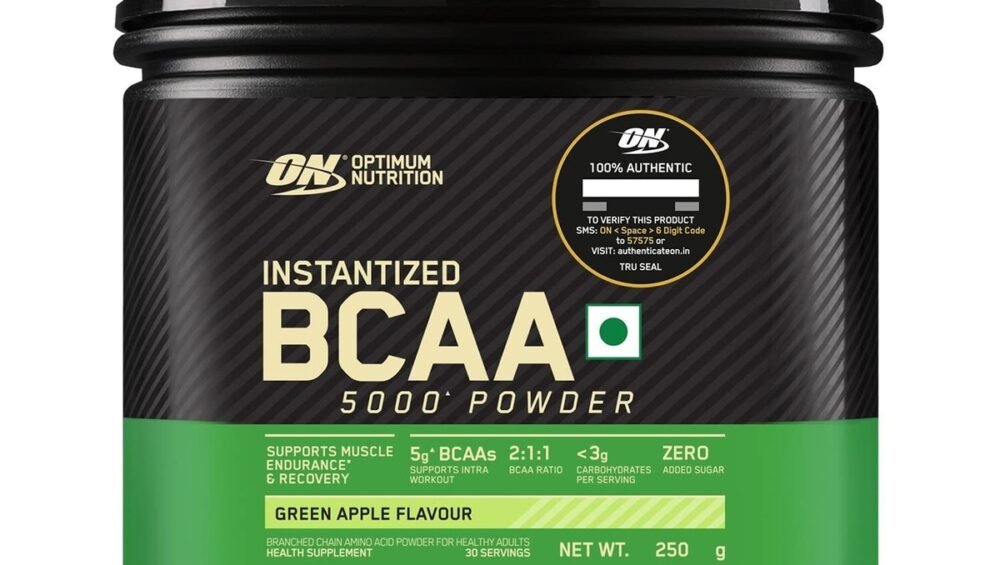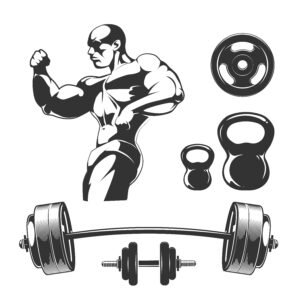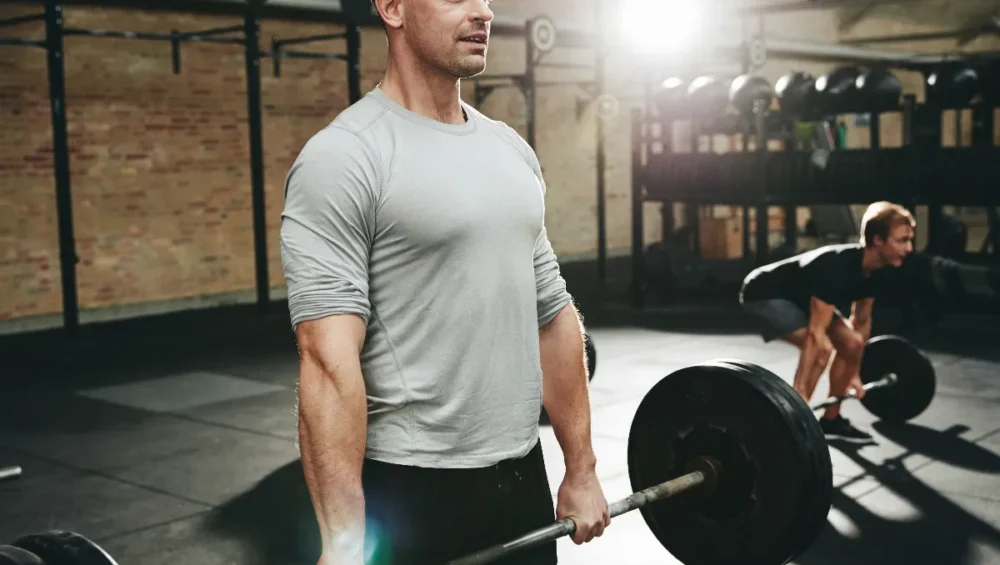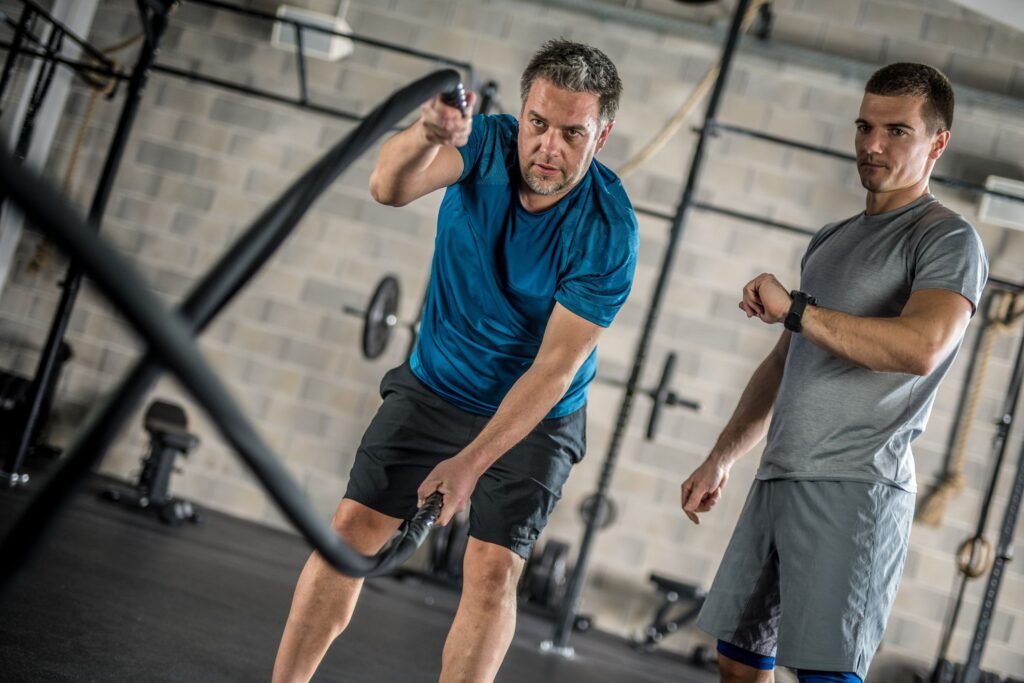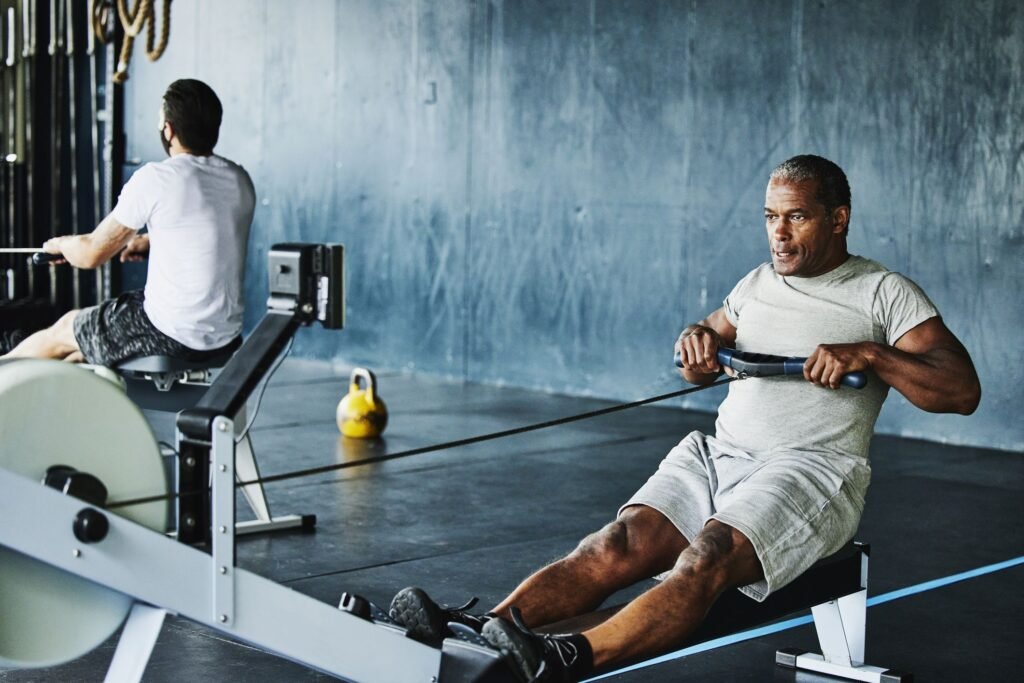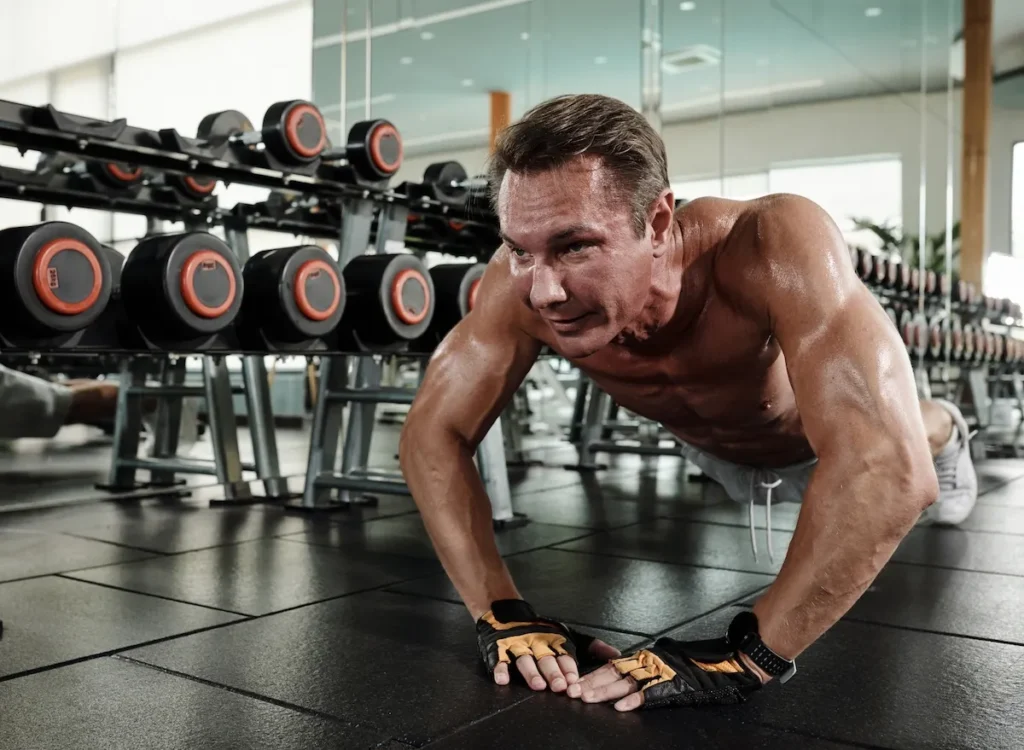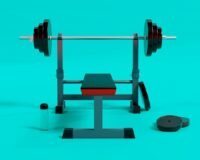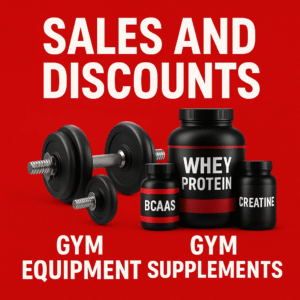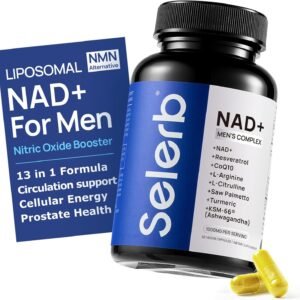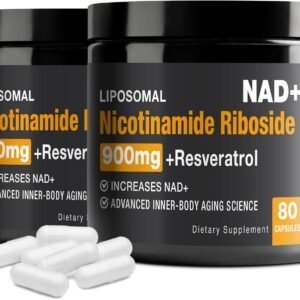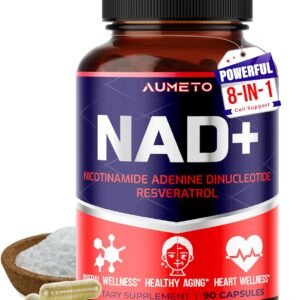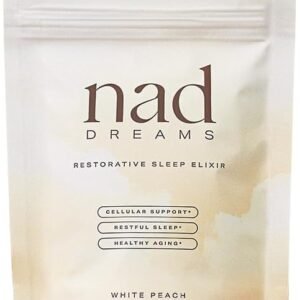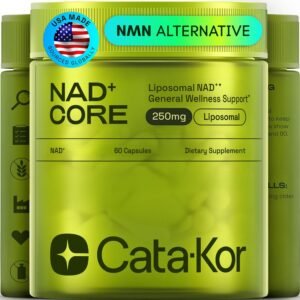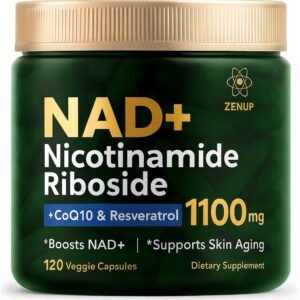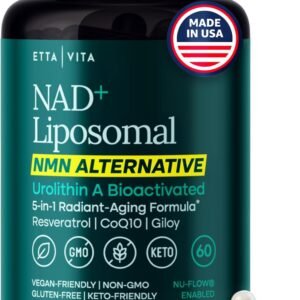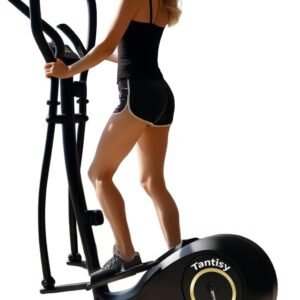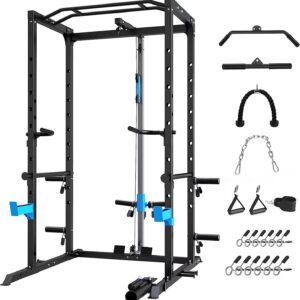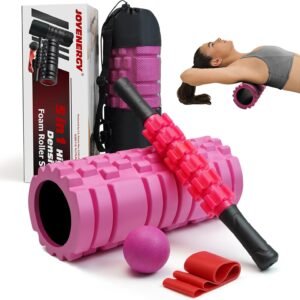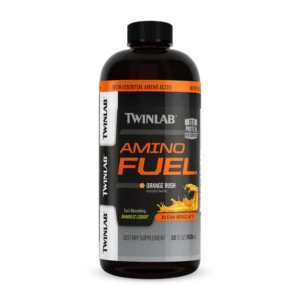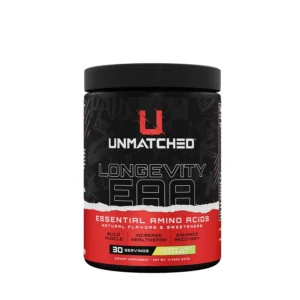Best Supplements for Muscle Growth Fast
Building muscle quickly isn’t just about lifting heavier weights or spending more time in the gym. The real secret lies in combining smart training, strategic nutrition, and science-backed supplementation. As a 50-year-old experienced lifter and gym goer and studying human performance and physiology, I’ve spent the last several years reading research papers, analyzing athlete routines, and experimenting with different supplements myself. What I’ve learned is that “fast muscle growth” doesn’t come from miracle powders — it comes from maximizing the body’s natural anabolic pathways through well-chosen compounds that actually work.
Below is an in-depth look at the best supplements for fast muscle growth, backed by real science, practical experience, and clear explanations. If you want to grow faster, recover better, and train harder, this is the guide you’ve been looking for.
Check also article: Top 5 Recovery Supplements for Faster Muscle Growth
1. Creatine Monohydrate – The King of Muscle-Building Supplements
If there is one supplement that deserves to be at the top of every list, every program, and every athletic routine, it’s creatine monohydrate. Not only is it one of the most researched supplements in the world, but its effects are consistently impressive:
- Faster ATP regeneration (meaning more explosive reps)
- Improved strength and power output
- Increased muscle cell hydration (a direct trigger for muscle growth)
- Enhanced recovery between sets and workouts
- Proven long-term improvements in muscle mass
MUTANT® ISO SURGE™ 1.6LBS Gourmet Whey Protein Isolate Shake
Even better: creatine works fast. Most people feel the performance boost within 7–14 days, even without loading.
From a physiological standpoint, creatine increases your intracellular energy availability. When your muscles have more energy, you lift heavier, do more reps, and generate more tension — the actual driver of hypertrophy.
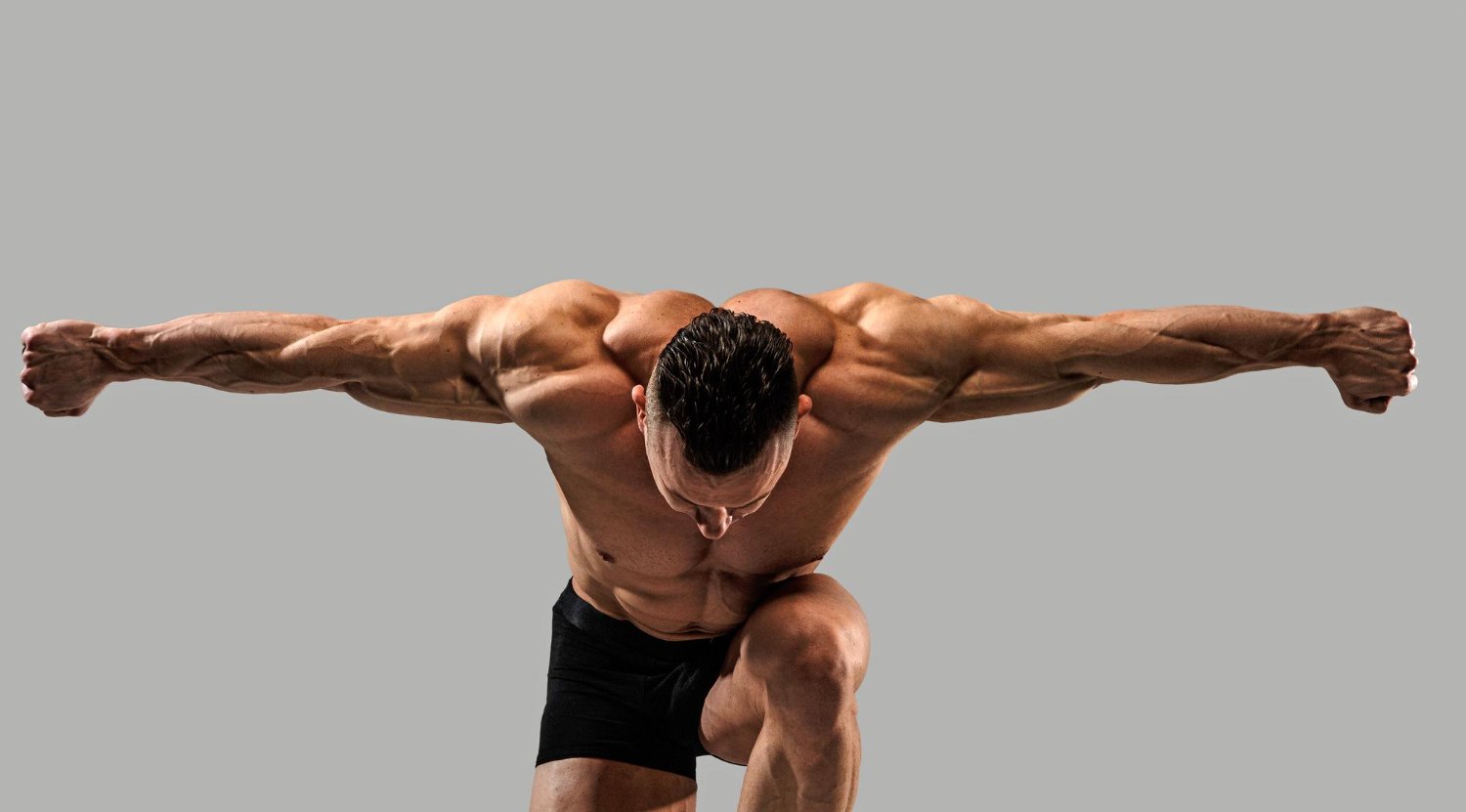
Why it helps with fast muscle growth:
More volume + more tension + stronger lifts = faster muscle gains.
2. Whey Protein – Fast, Convenient, and Highly Anabolic
Whey protein remains one of the most efficient ways to hit daily protein targets without cooking a full meal. It contains all nine essential amino acids and is especially rich in leucine, the amino acid responsible for triggering the “muscle-building switch” known as mTOR.
Why whey helps you grow muscle faster:
- Rapid absorption spikes muscle protein synthesis
- Provides the ideal amino acid profile for hypertrophy
- Perfect for post-workout recovery when your muscles crave amino acids
- Helps ensure you hit your daily protein requirement (the real key to growth)
A good target for building muscle quickly:
1.6–2.2 grams of protein per kilogram of bodyweight daily.
Most people fall short without supplementation, which leaves gains on the table. Whey fills the gap efficiently and affordably.
Check also article: 10 best illegal steroid for muscle grow
3. Essential Amino Acids (EAAs) or High-Quality BCAAs
While whole-protein sources are best, EAAs and BCAAs can play a real role for those who train intensely or train fasted.
What EAAs do:
- Support muscle protein synthesis
- Improve recovery during fasted or low-calorie training
- Help reduce muscle breakdown
BCAAs (leucine, isoleucine, valine) used to be the superstar, but research now shows EAAs are superior because muscle tissue needs a complete set of amino acids to build new proteins.
If your protein intake is already high, EAAs are not mandatory — but they can definitely help boost growth in high-volume training phases.
Check also: Best gym supplements available in US market – a simple guide
Optimum Nutrition Micronized Creatine Monohydrate Powder
Unleash your full strength potential with Optimum Nutrition Micronized Creatine Monohydrate Powder, the ultimate supplement trusted by athletes and fitness enthusiasts worldwide.
4. Beta-Alanine – The Endurance and Rep-Booster
If you ever feel your muscles “burn out” too fast during high-rep sets, you’ll love beta-alanine. This supplement increases carnosine levels, which buffer lactic acid in working muscles. The result:
- Reduced muscle fatigue
- Longer sets
- Higher training volume
- Better hypertrophy stimulus
Wider ranges of research show that beta-alanine works best for sets lasting 60–240 seconds, which is exactly the territory of hypertrophy. More volume equals more growth — and beta-alanine helps you reach that extra 20–30% that most people never tap into.
Yes, it gives you that famous “tingling” feeling (paresthesia). It’s harmless and normal.
5. Citrulline Malate – The Pump and Performance Enhancer
If you want bigger pumps, improved blood flow, and more nutrient delivery, citrulline malate is a game-changer. It increases nitric oxide production, which causes vasodilation (expanded blood vessels). This leads to:
- Better muscle pumps
- Increased endurance
- Reduced muscle soreness
- Higher rep capacity
A strong pump isn’t just cosmetic — when muscles are fully engorged, cellular hydration increases, internal mechanical tension rises, and the anabolic environment improves. Pumps signal your body to grow.
For fast gains, better pumps equal better workouts, which ultimately equal more muscle.
6. Creatine HCL or Advanced Creatine Blends
Although creatine monohydrate is the gold standard, some lifters prefer creatine HCL, buffered creatine, or multi-phase creatine blends because they:
- Cause less water retention
- Have smoother digestion
- Require smaller doses
If you get bloated or uncomfortable with monohydrate, HCL can help you stay consistent and keep your growth rate high.

7. Mass Gainers – For Hardgainers Who Can’t Eat Enough
Some people simply struggle to gain weight because:
- Their appetite is low
- Their metabolism is extremely fast
- Their lifestyle makes eating inconvenient
For these individuals, high-calorie mass gainers can dramatically accelerate muscle growth. They usually combine:
- Whey protein
- Fast and complex carbs
- Healthy fats
- Added vitamins and minerals
While whole foods are ideal, mass gainers make hitting a daily surplus effortless, which is absolutely necessary for fast growth.
8. Omega-3 Fatty Acids – The Underrated Growth Enhancer
Omega-3s aren’t “muscle-building supplements” in the traditional sense, but research is clear: they significantly improve the body’s anabolic sensitivity, which means your muscles respond better to protein and strength training. Benefits include:
- Reduced inflammation
- Faster recovery
- Improved joint health
- Better muscle protein synthesis
Because inflammation slows muscle repair, omega-3s indirectly accelerate growth by keeping recovery efficient.
Nutricost EAA Powder 30 Servings Fruit Punch Essential Amino Acids Non GMO
Elevate your strength, performance, and recovery with Nutricost EAA Powder in Fruit Punch, a complete spectrum of nine essential amino acids (EAAs) formulated to fuel muscles, boost endurance, and speed up recovery. Designed for athletes who demand purity, value, and noticeable training results.
9. Vitamin D3 + K2 – The Hormonal Support Combo
Vitamin D deficiency is extremely common, especially in indoor workers, students, and gym-goers who don’t get much sunlight. Low vitamin D levels can negatively affect:
- Strength
- Muscle mass
- Testosterone levels
- Energy and recovery
Pairing D3 with K2 improves absorption and ensures balanced calcium metabolism. Keeping hormones optimized is one of the easiest ways to support fast muscle growth.
10. Pre-Workout Formulas – For Performance, Focus, and Higher Volume
A high-quality pre-workout isn’t just an energy boost. The right formula supports multiple pathways:
- Strength and power output
- Focus and mind-muscle connection
- Reduced fatigue
- Increased nitric oxide
- Better endurance
Higher performance = higher training volume, and that’s the cornerstone of fast mass-building.
How to Choose the Right Supplements for Fast Muscle Growth
If you want faster muscle growth, focus on supplements that directly improve:
- Strength (creatine)
- Protein synthesis (whey protein, EAAs)
- Training volume (beta-alanine, citrulline)
- Caloric intake (mass gainers)
- Recovery (omega-3s, vitamin D3)
These are not magic bullets. They are force multipliers — they enhance what your training is already doing. Combine them with progressive overload and a high-protein diet, and muscle growth becomes dramatically faster.

FAQ – Best Supplements for Muscle Growth Fast
1. What supplements help build muscle the fastest?
The fastest muscle-building supplements are creatine monohydrate, whey protein, EAAs, beta-alanine, and citrulline malate. These supplements work together to boost strength, increase training volume, enhance recovery, and stimulate muscle protein synthesis. When combined with a high-protein diet and progressive resistance training, they significantly accelerate muscle growth.
2. Is creatine safe for long-term muscle growth?
Yes. Creatine is one of the most researched sports supplements in history, with studies showing it is safe for long-term use in healthy adults. It supports ATP production, strength, power, and overall performance — all essential for fast muscle growth. Staying hydrated and taking consistent daily doses maximizes benefits.
Check also article: Best supplements for beginners at the gym
3. How much protein do I need daily to gain muscle fast?
For optimal muscle growth, aim for 1.6–2.2 grams of protein per kilogram of bodyweight per day. This range ensures your body has the amino acids required to repair and build new muscle tissue. Whey protein shakes can help you reach this target easily, especially post-workout or when whole-food meals are limited.
4. Do pre-workouts actually help with building muscle?
Yes. High-quality pre-workouts improve energy, focus, strength, endurance, and blood flow, which translates directly into higher training volume. Since volume is the main driver of hypertrophy, pre-workouts indirectly accelerate muscle growth by helping you train harder and longer than usual.
5. What is the best supplement stack for fast muscle growth?
A powerful and science-backed stack includes:
- Creatine monohydrate (strength + power)
- Whey protein (muscle protein synthesis)
- EAAs (amino acid support during intense training)
- Citrulline malate (pump + endurance)
- Omega-3s (recovery + reduced inflammation)
This combination fuels performance, boosts recovery, and maximizes muscle-building potential.
